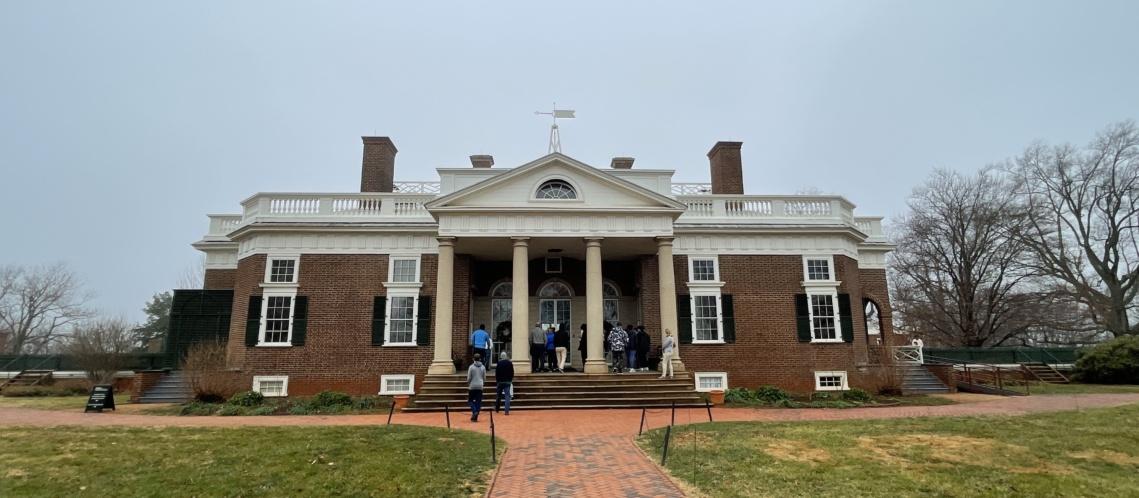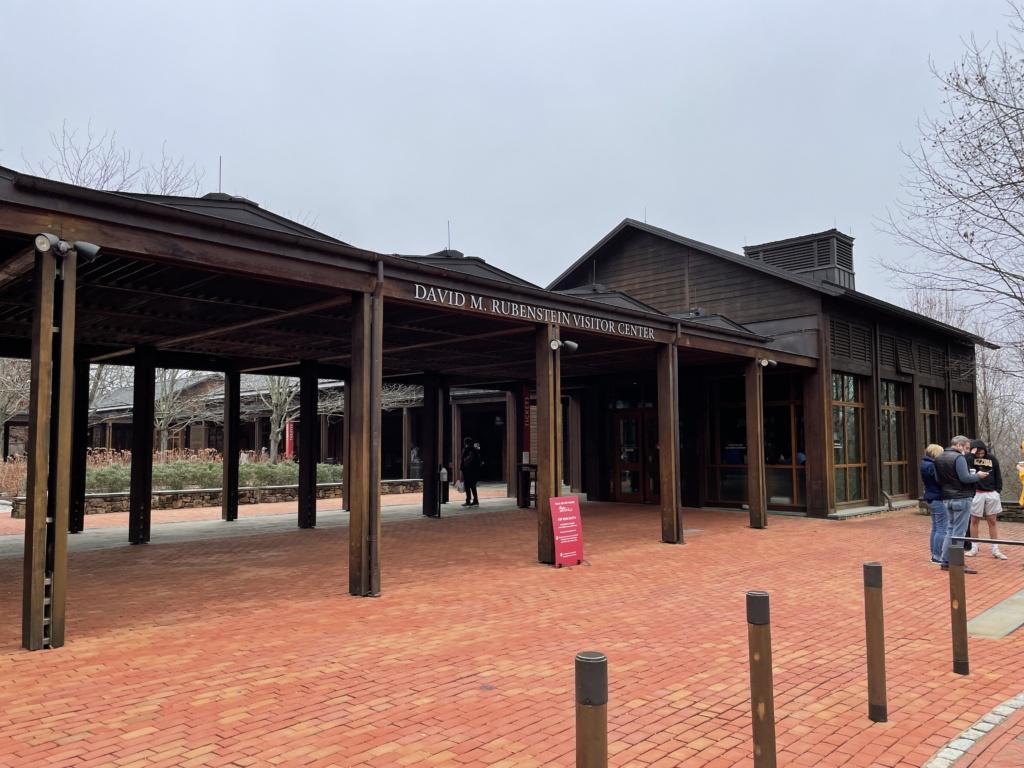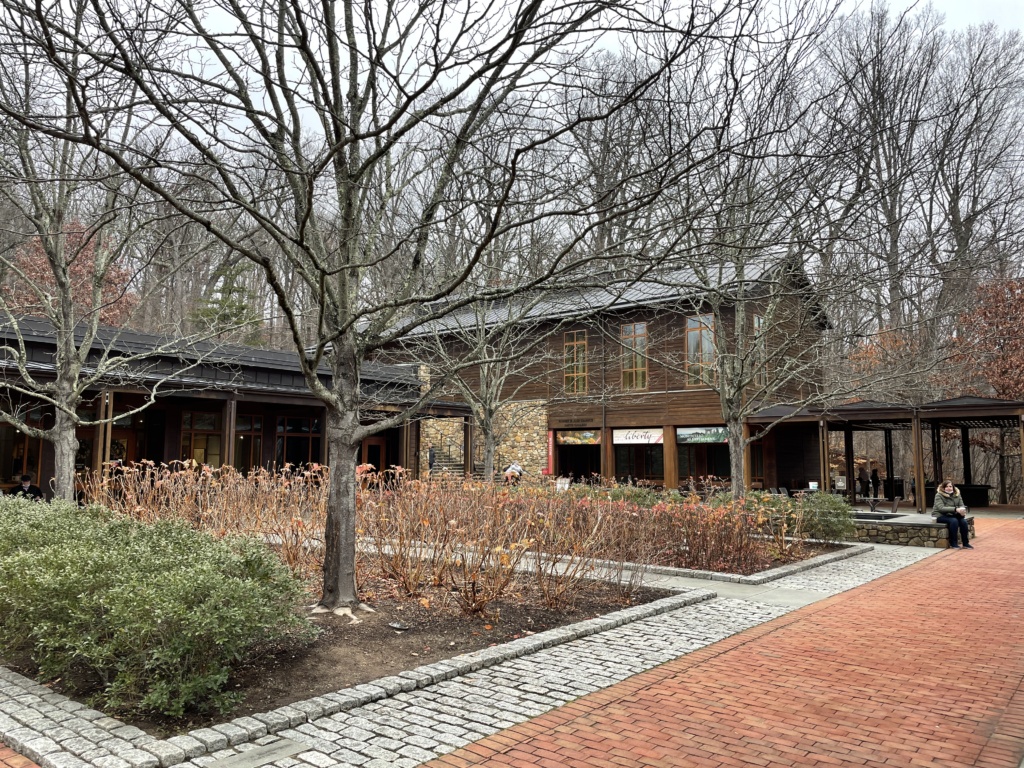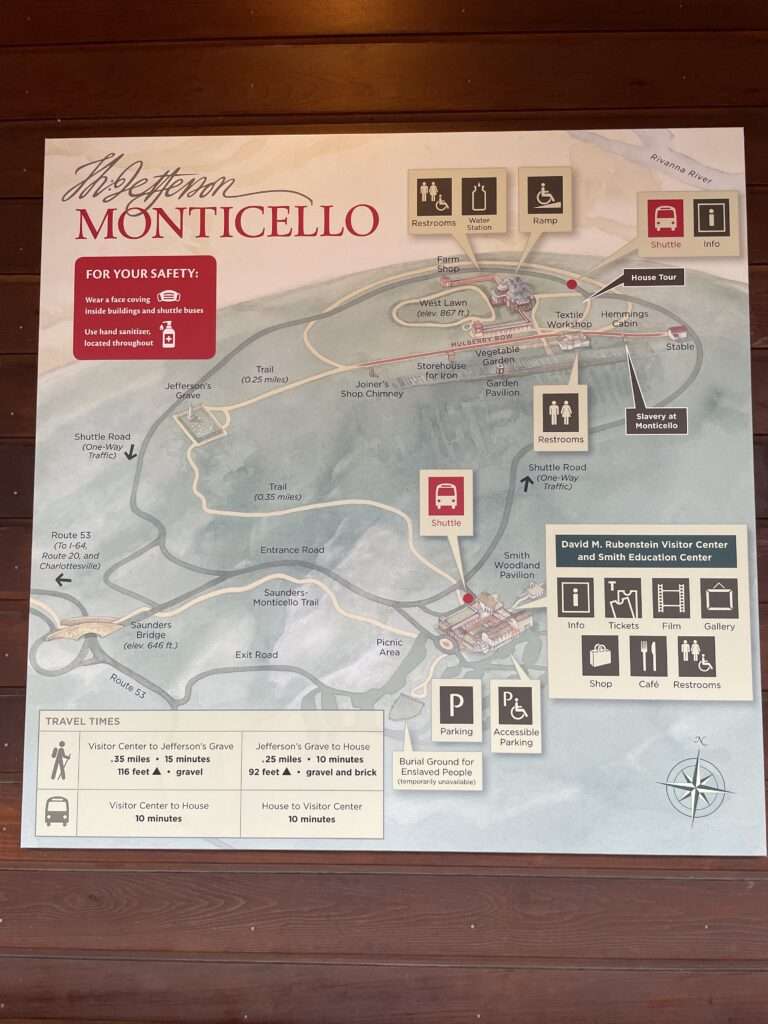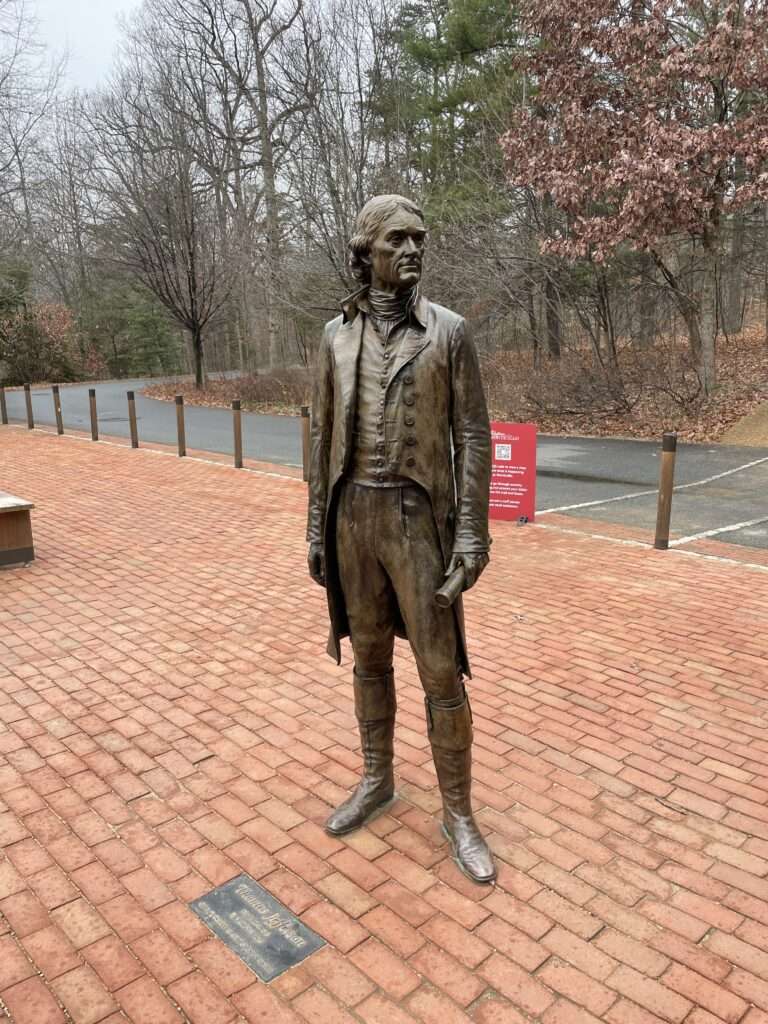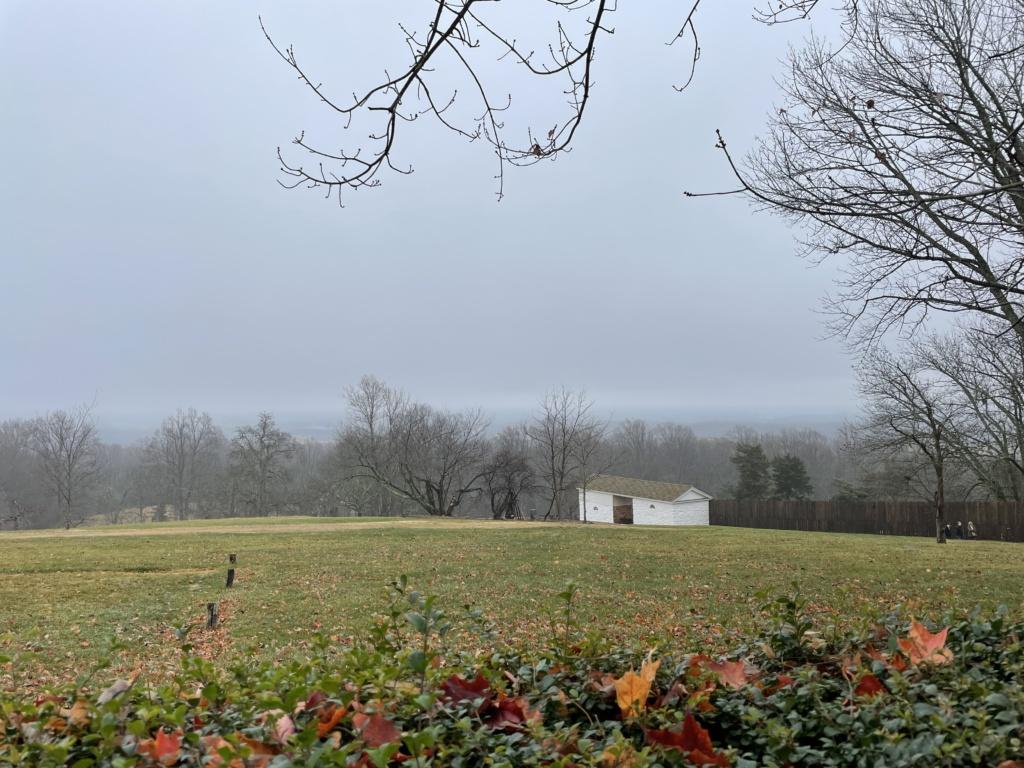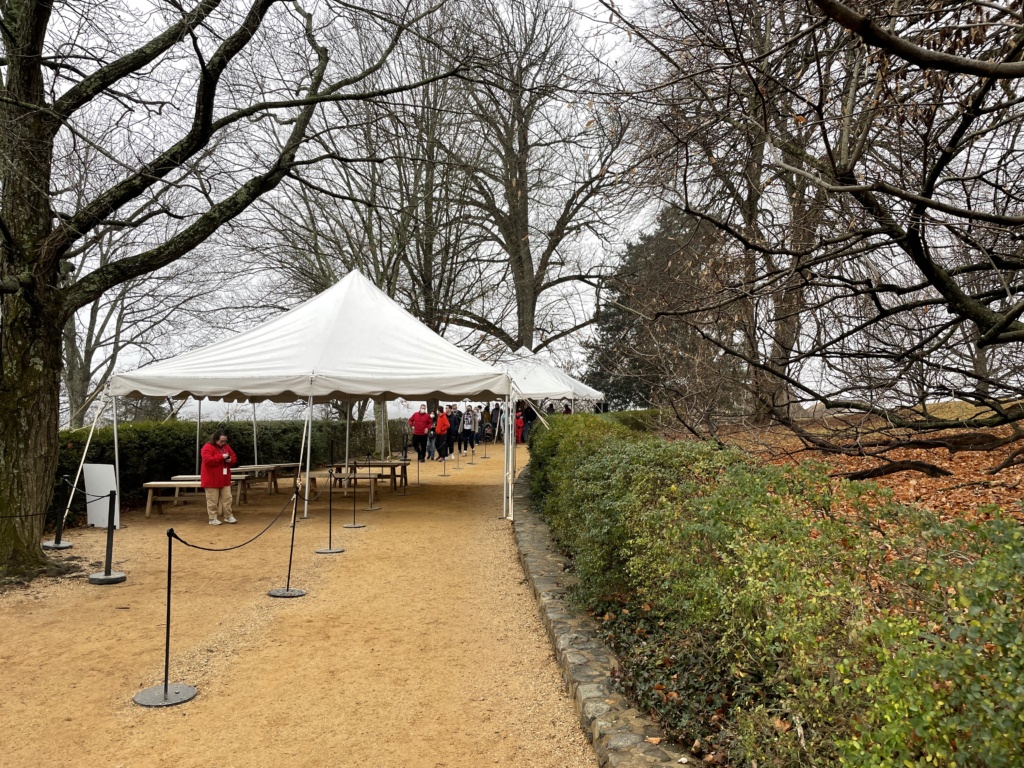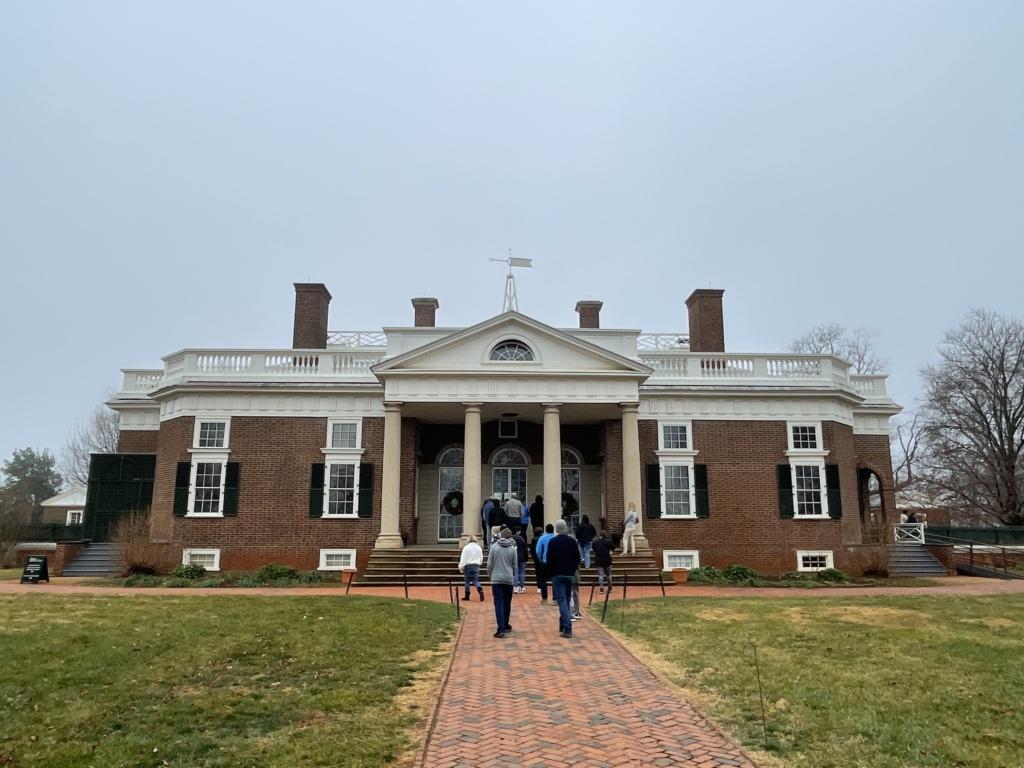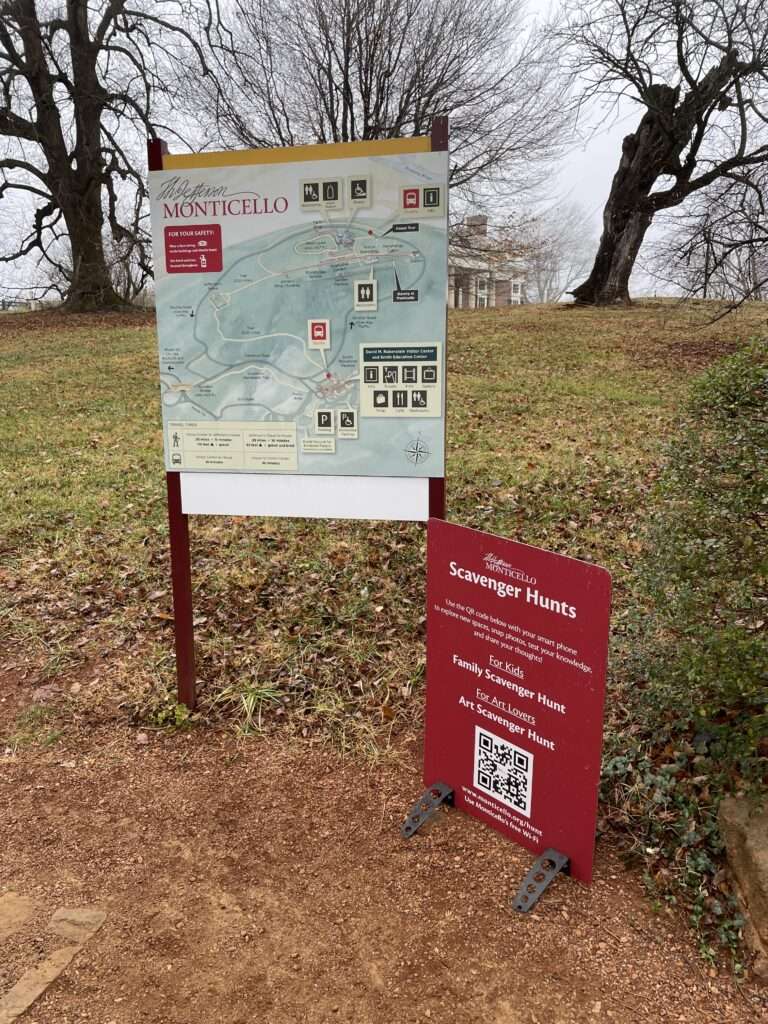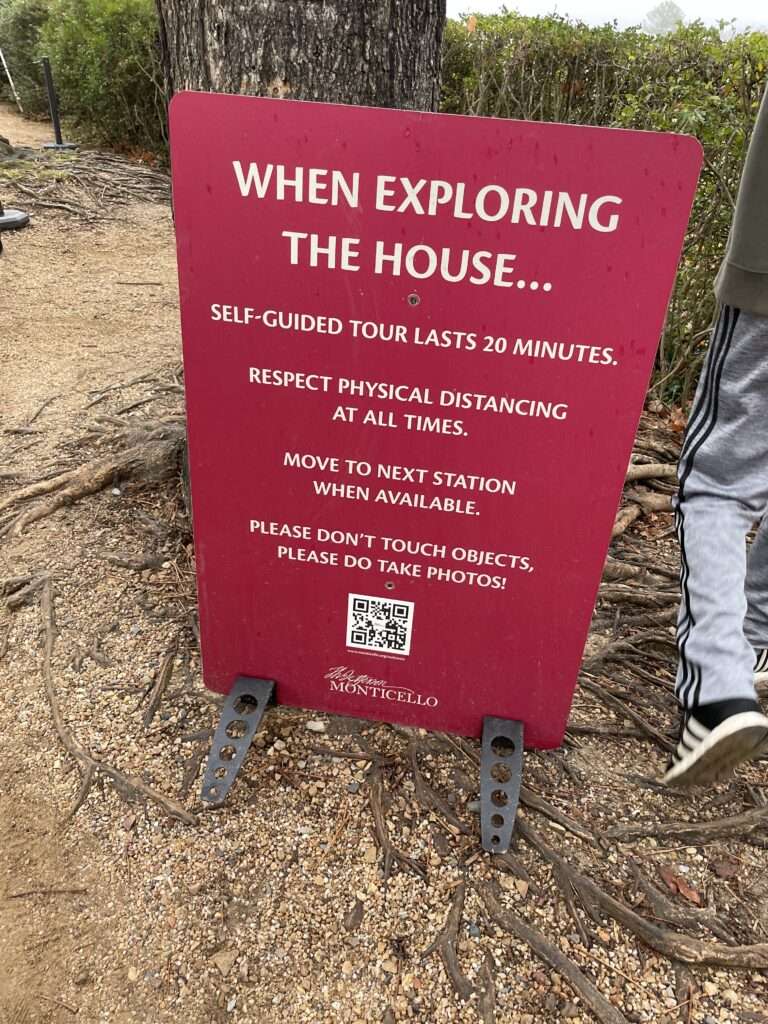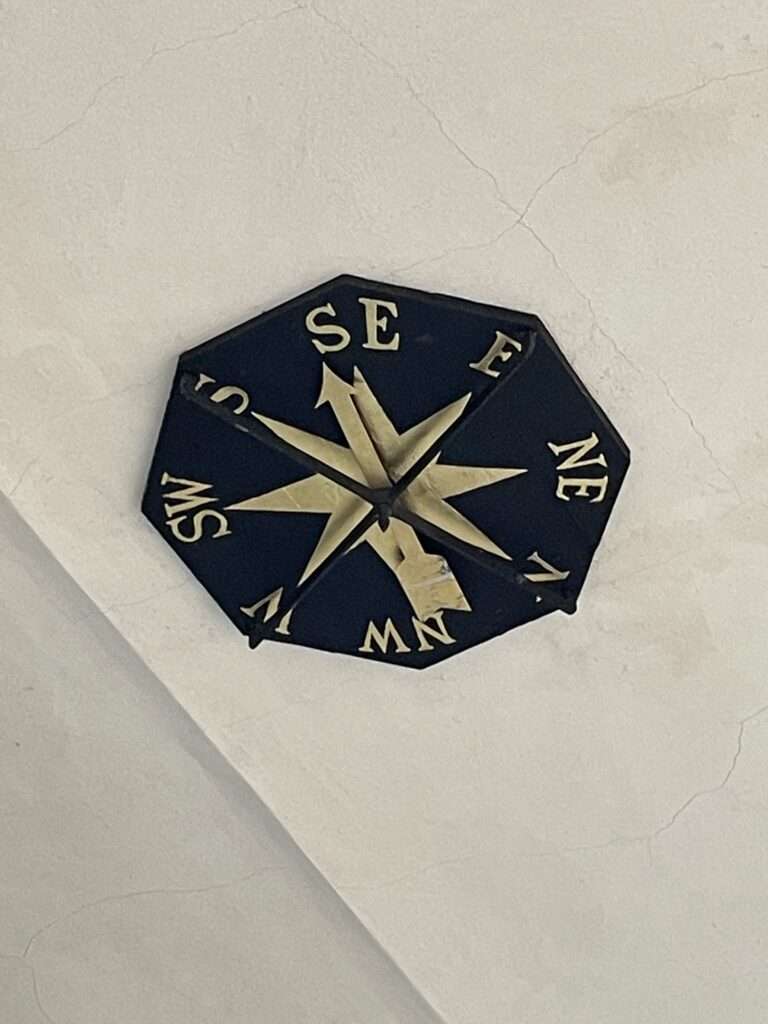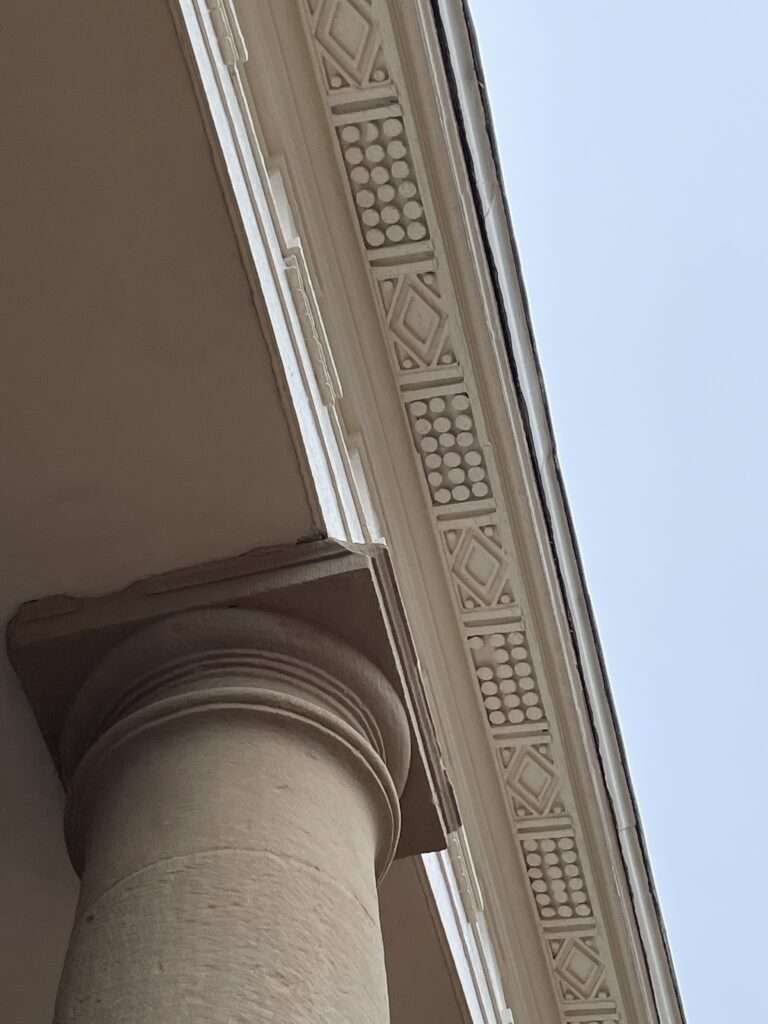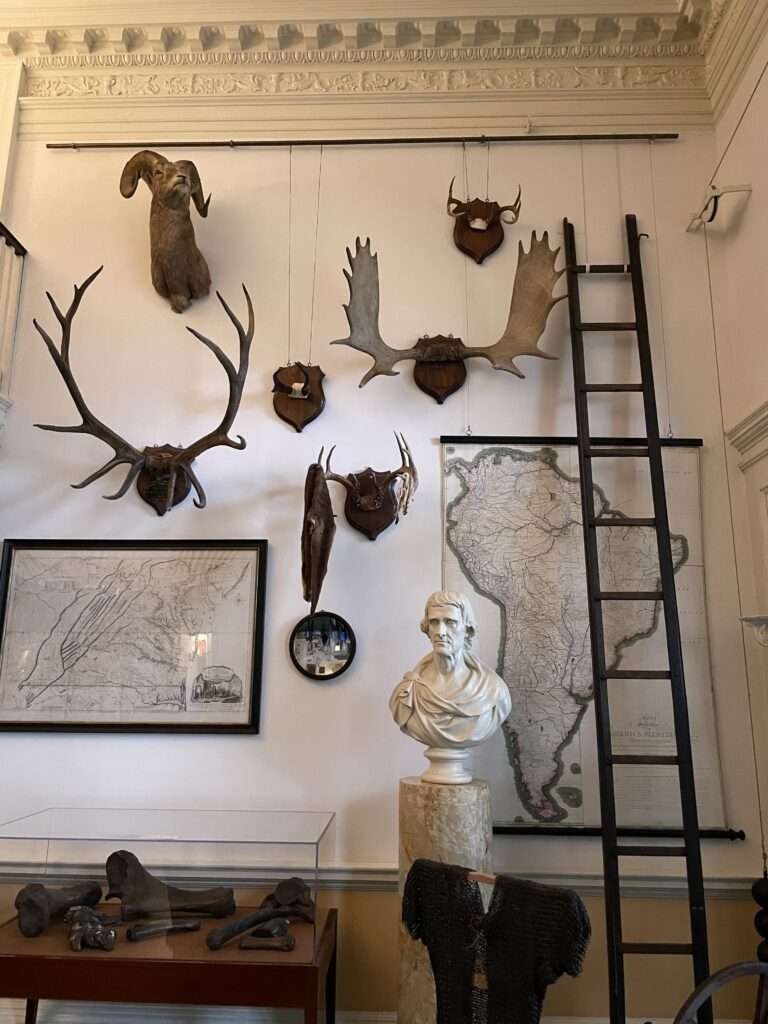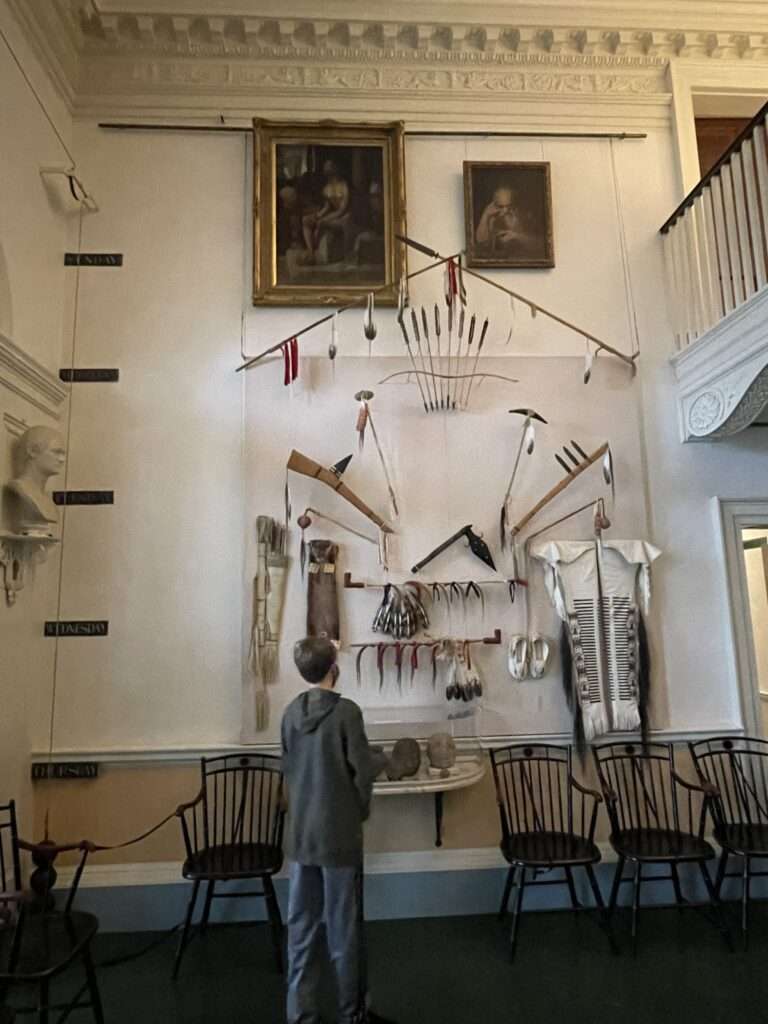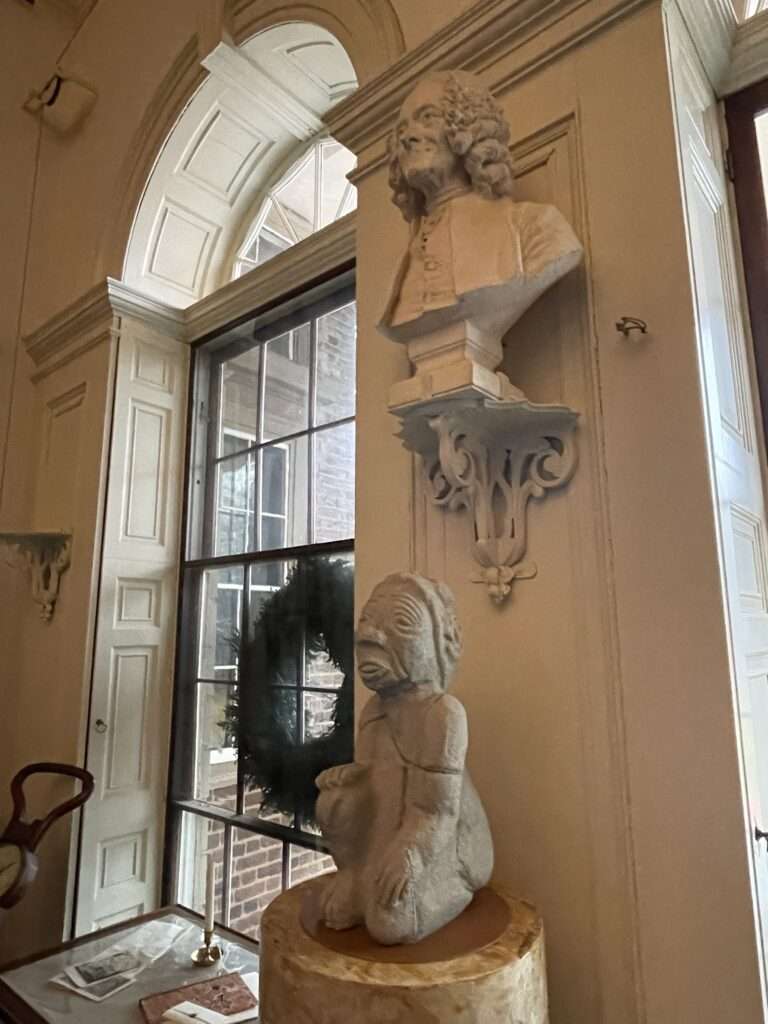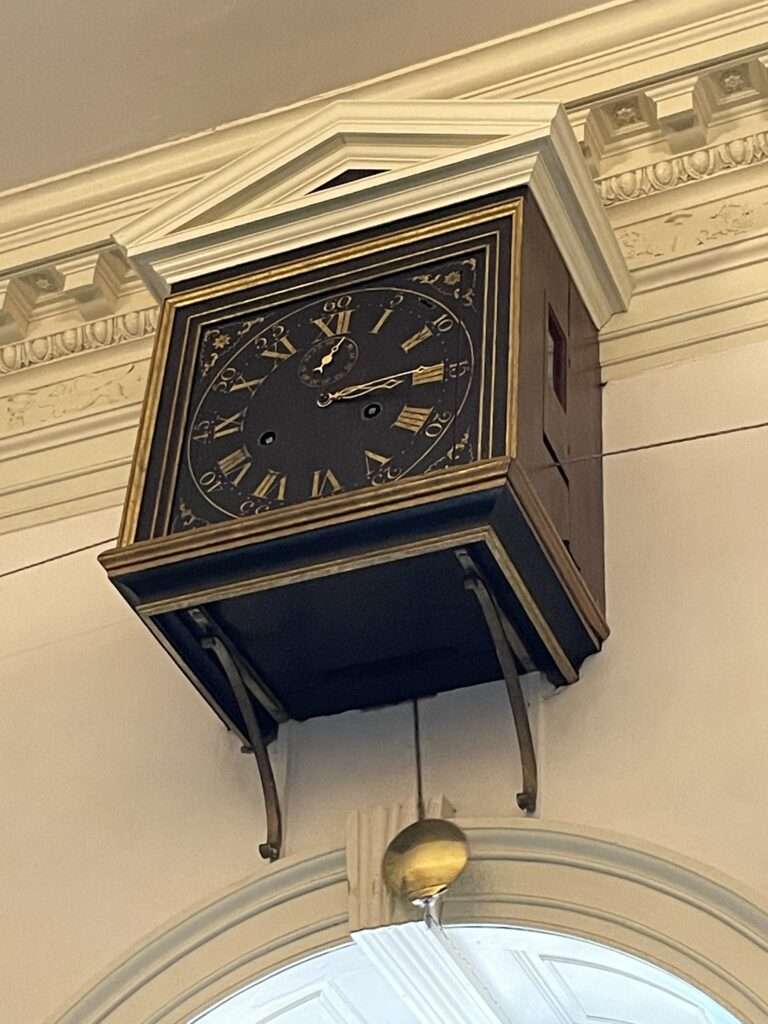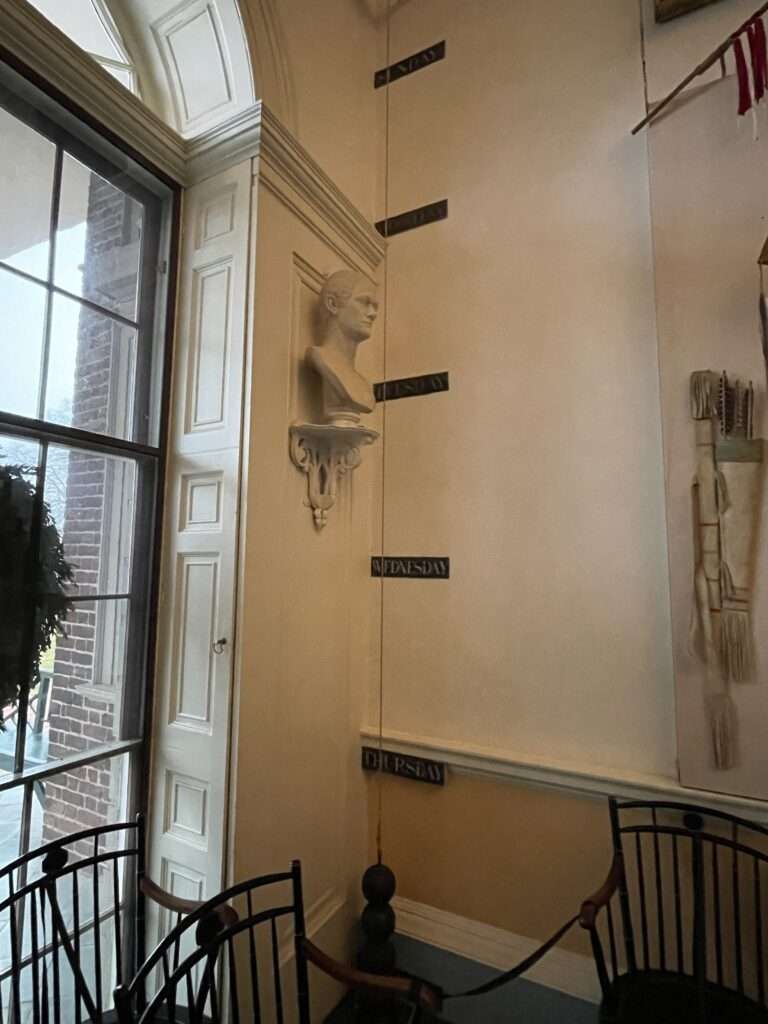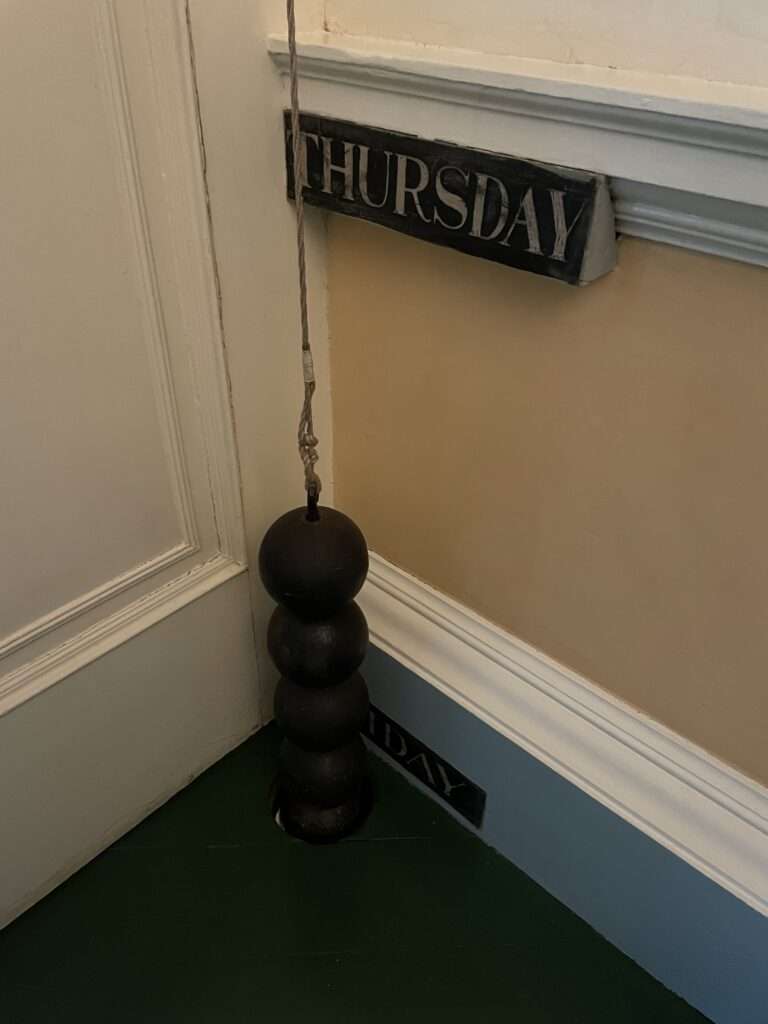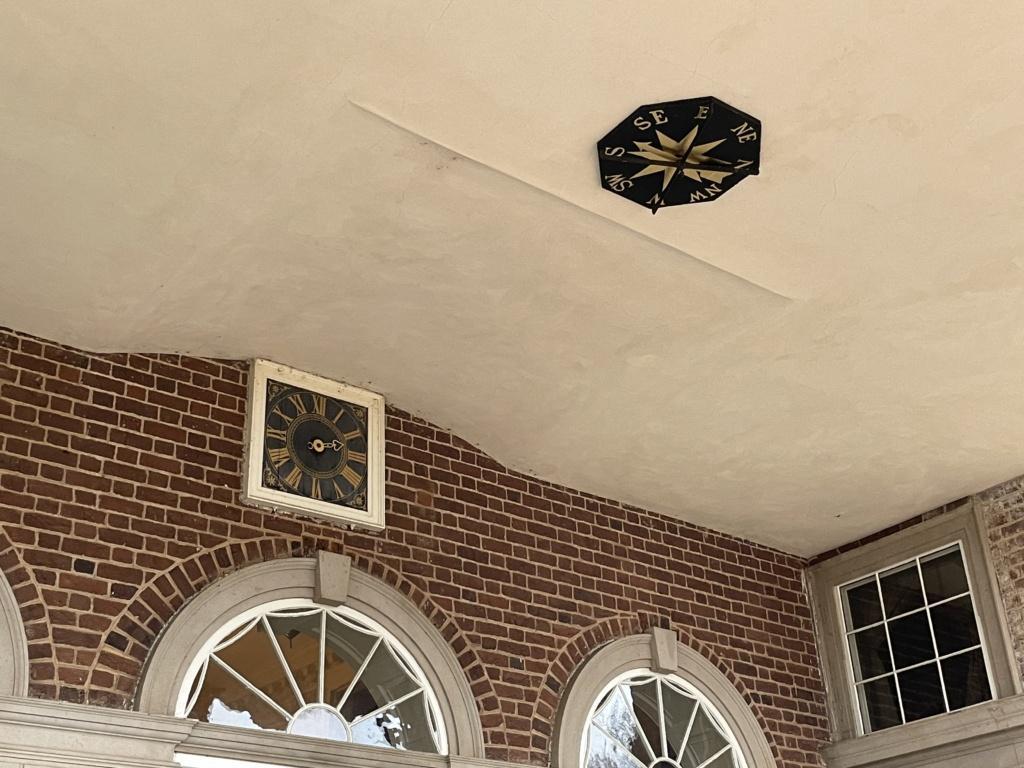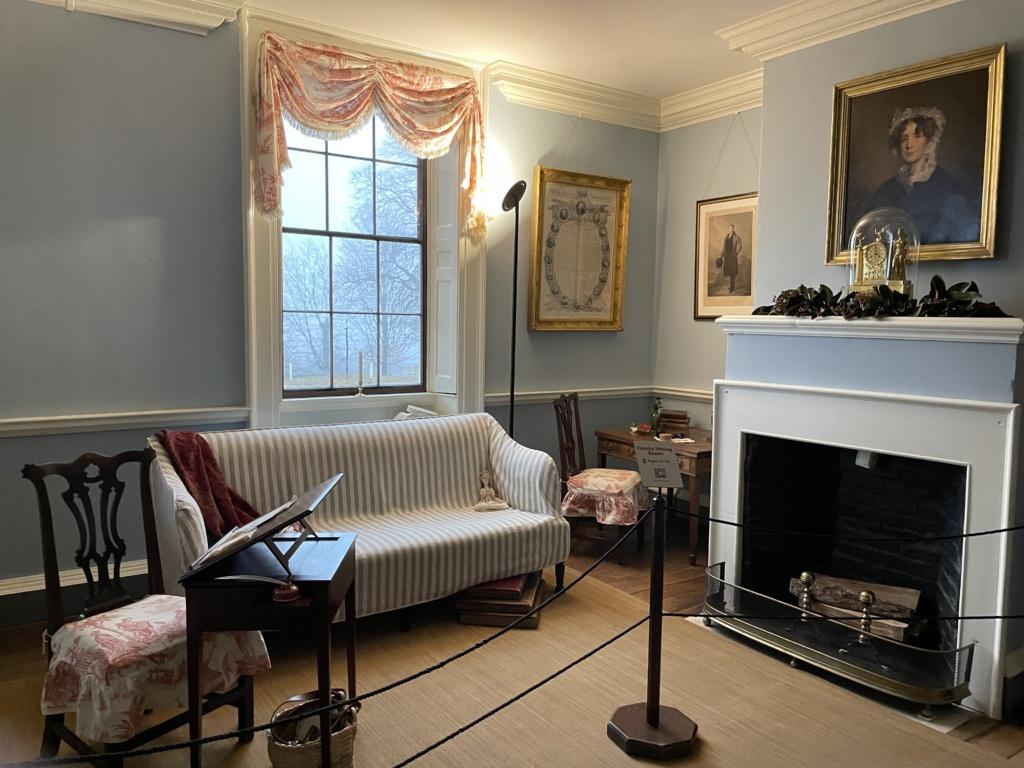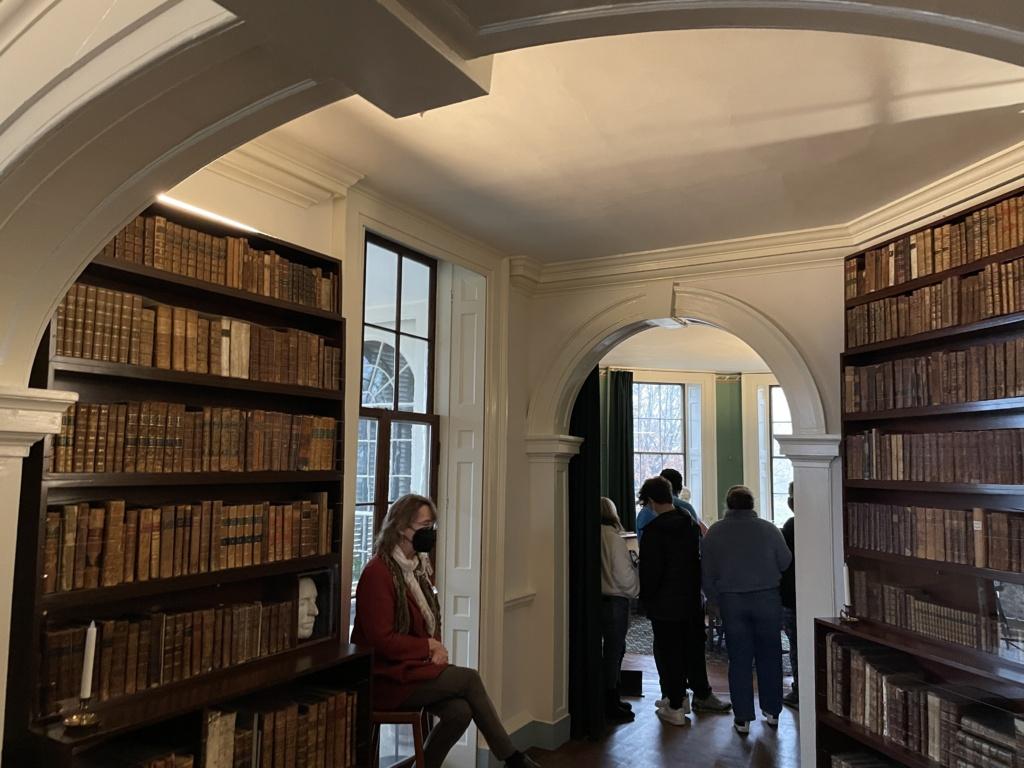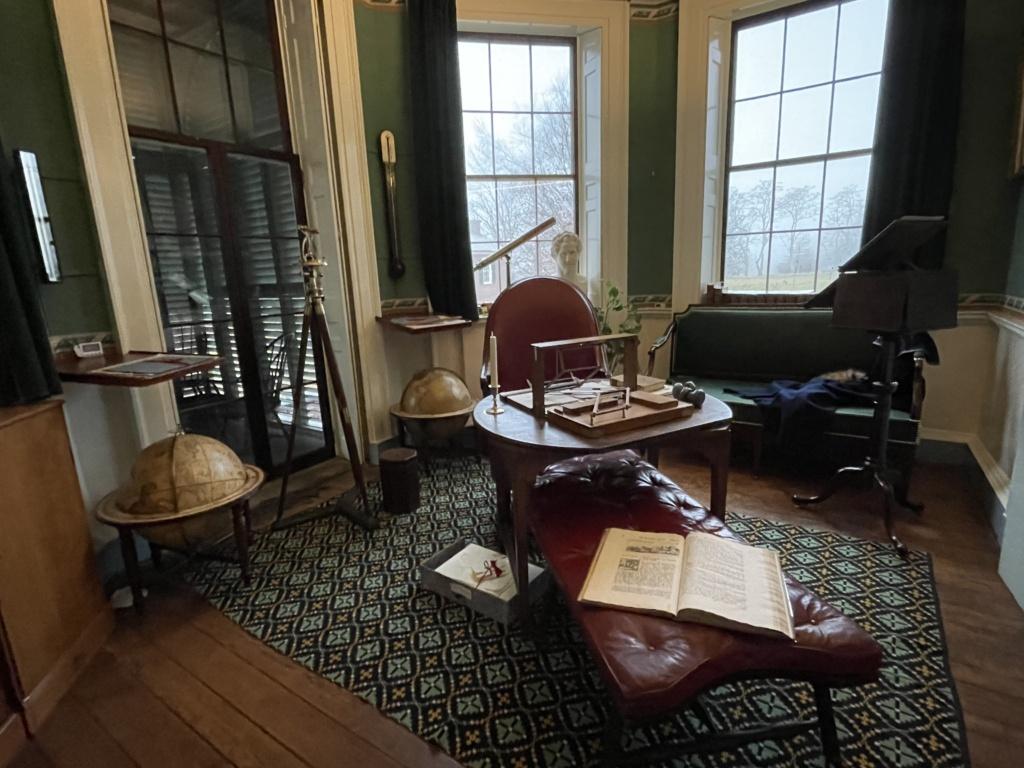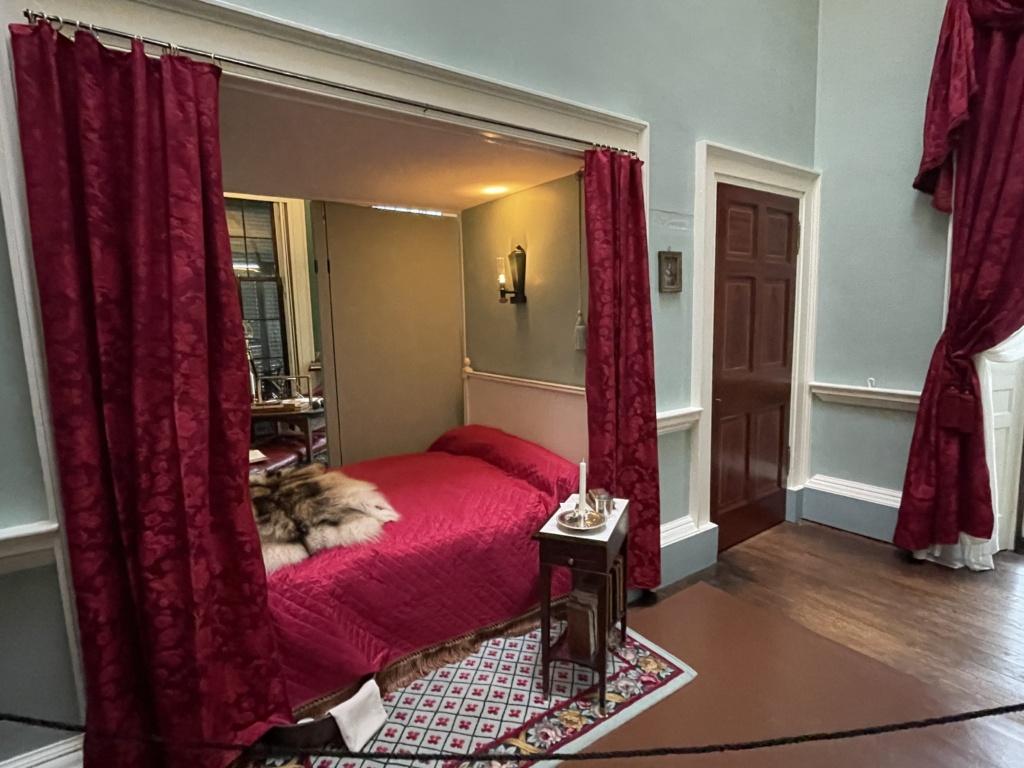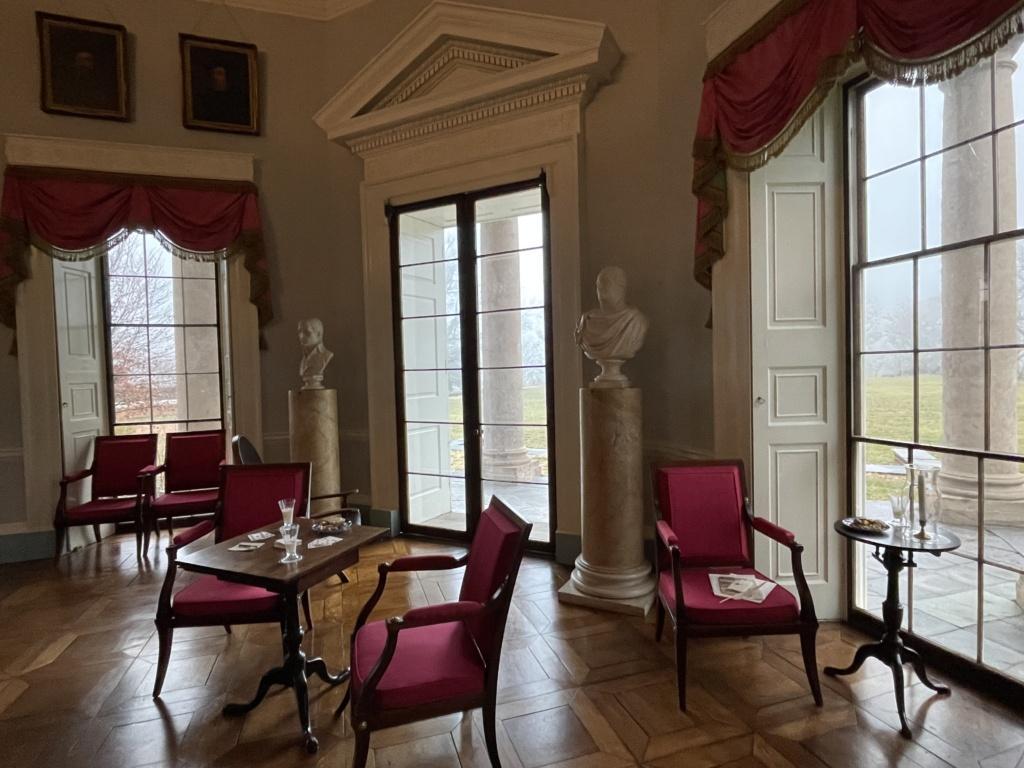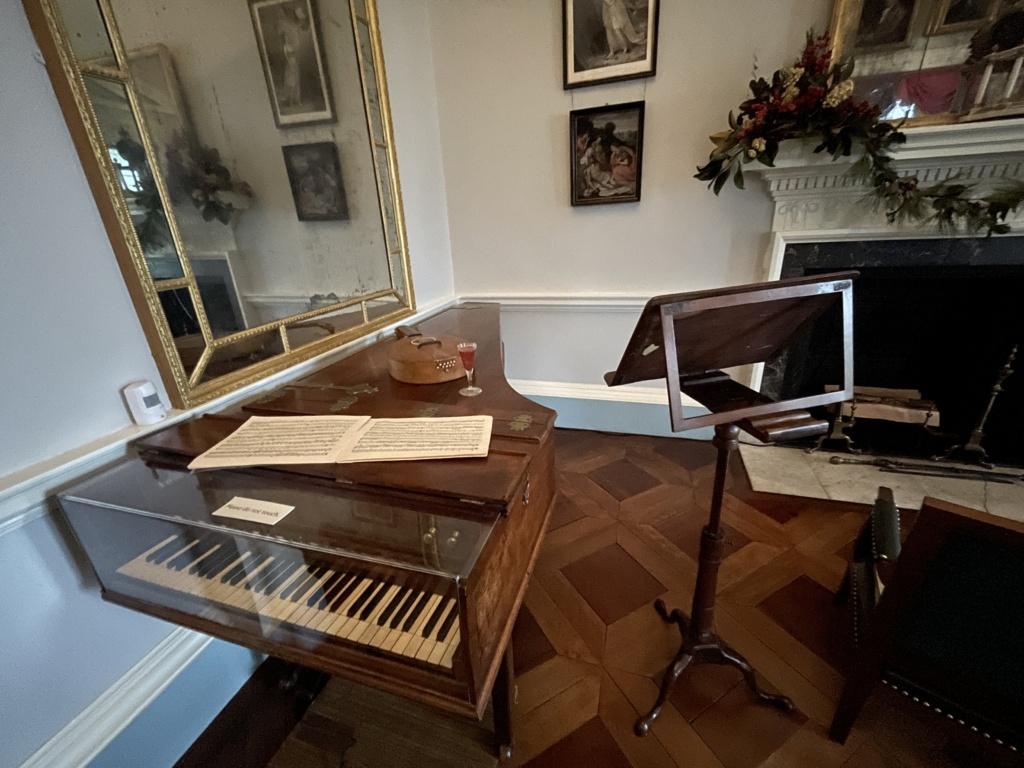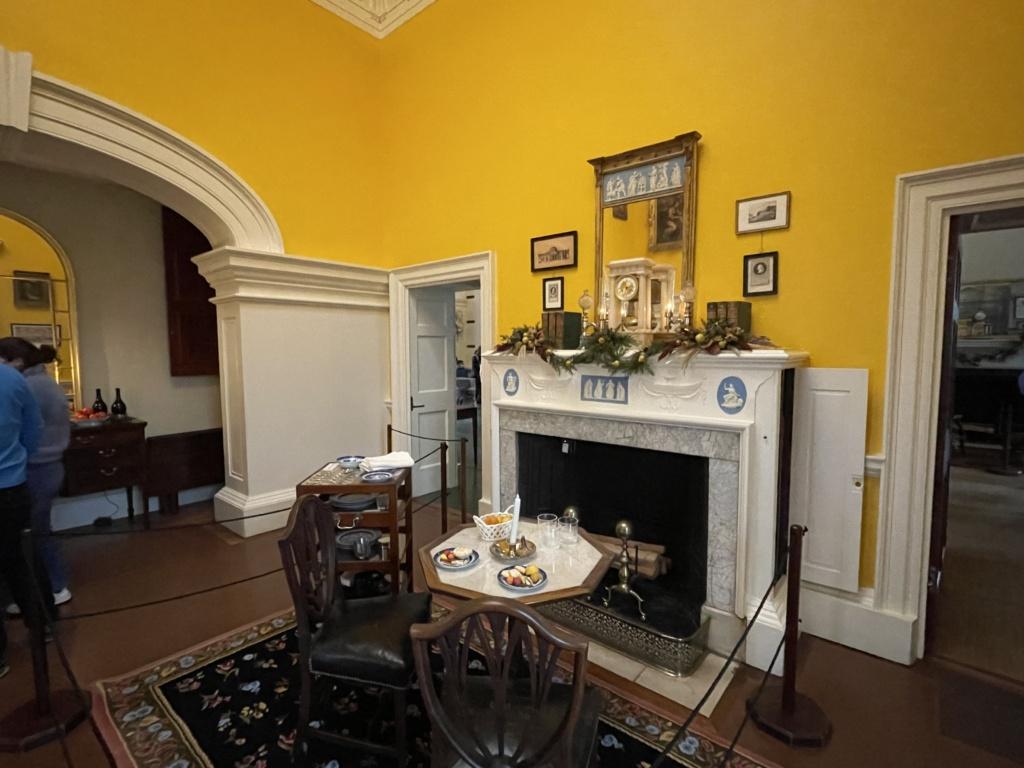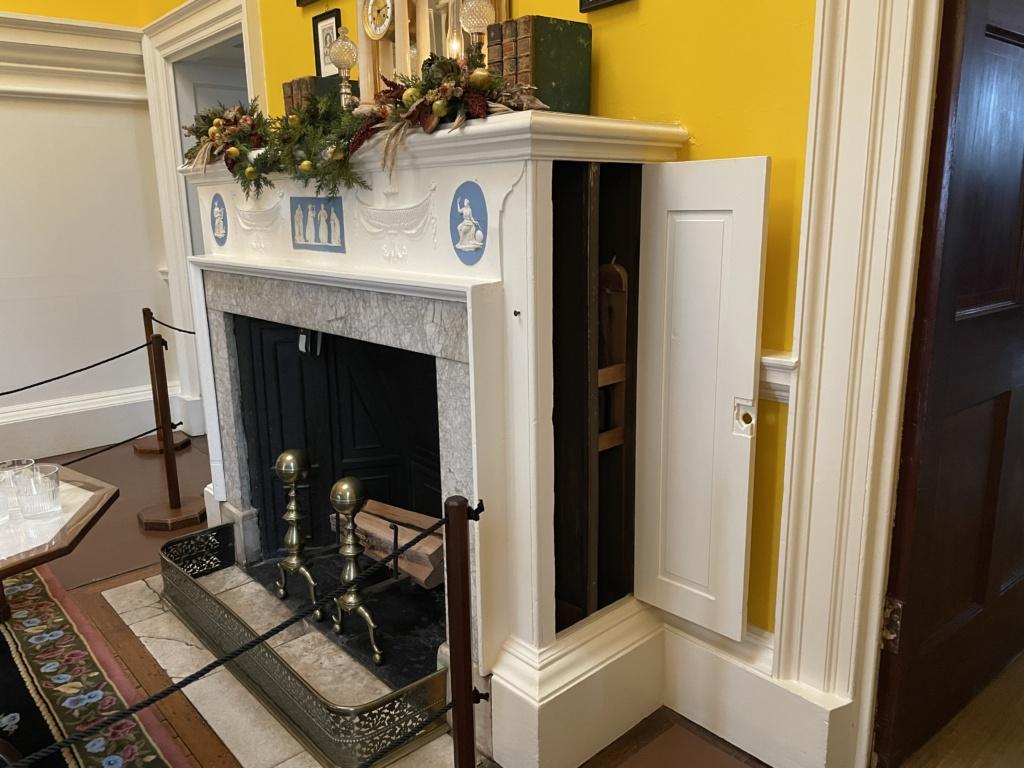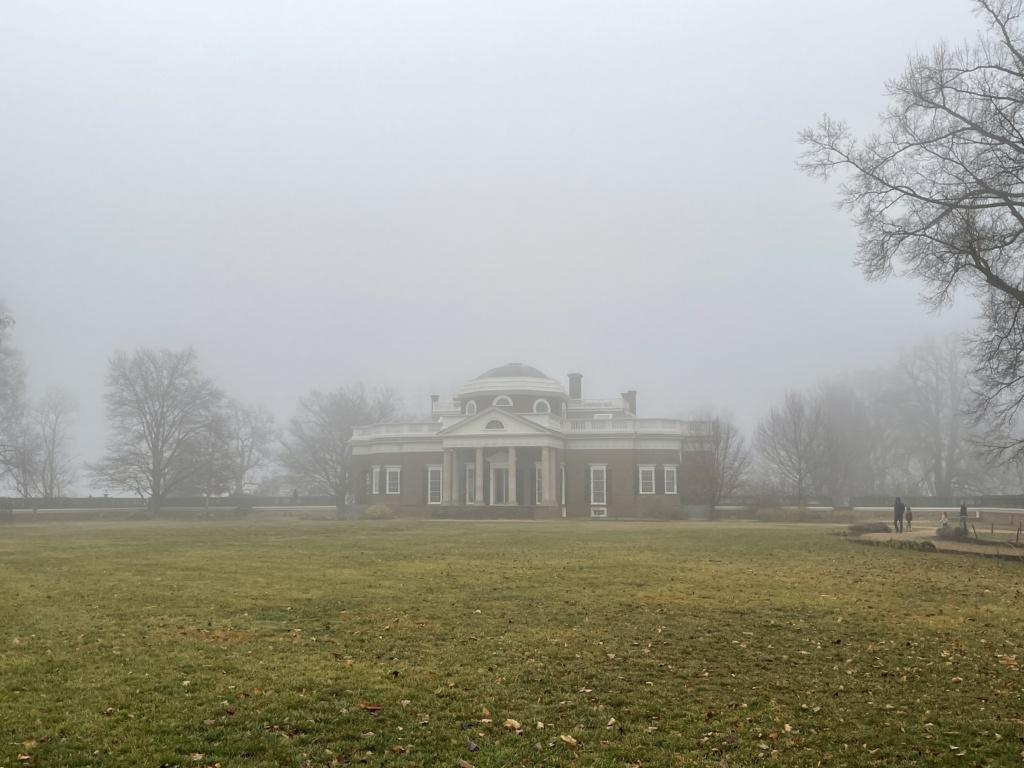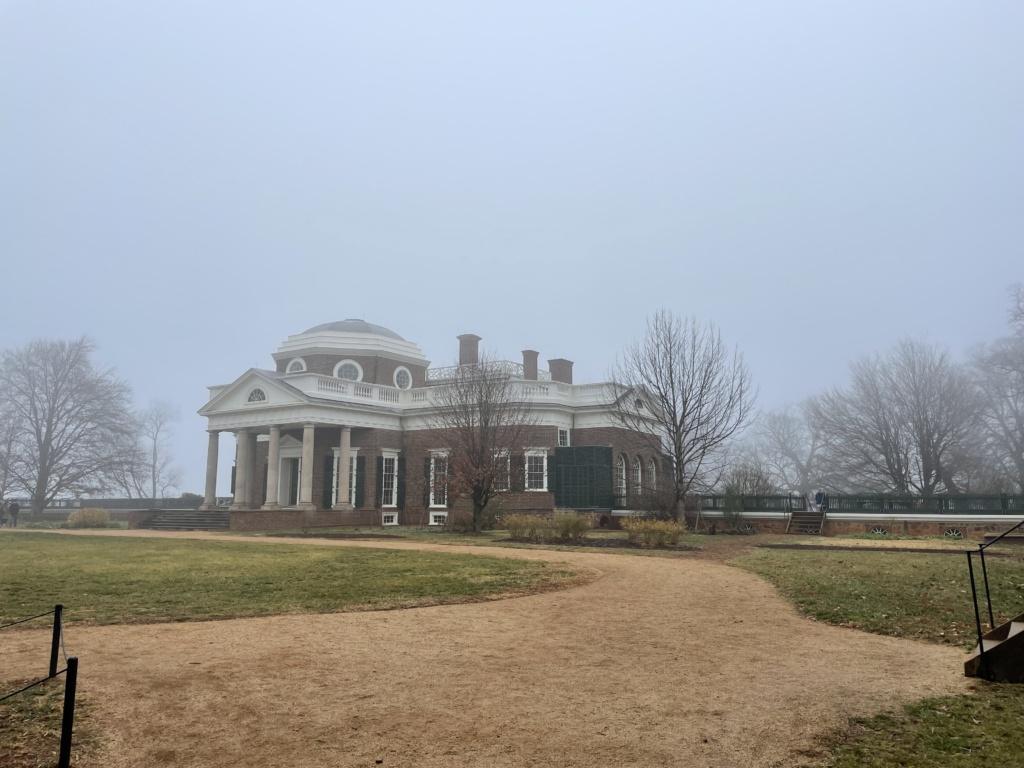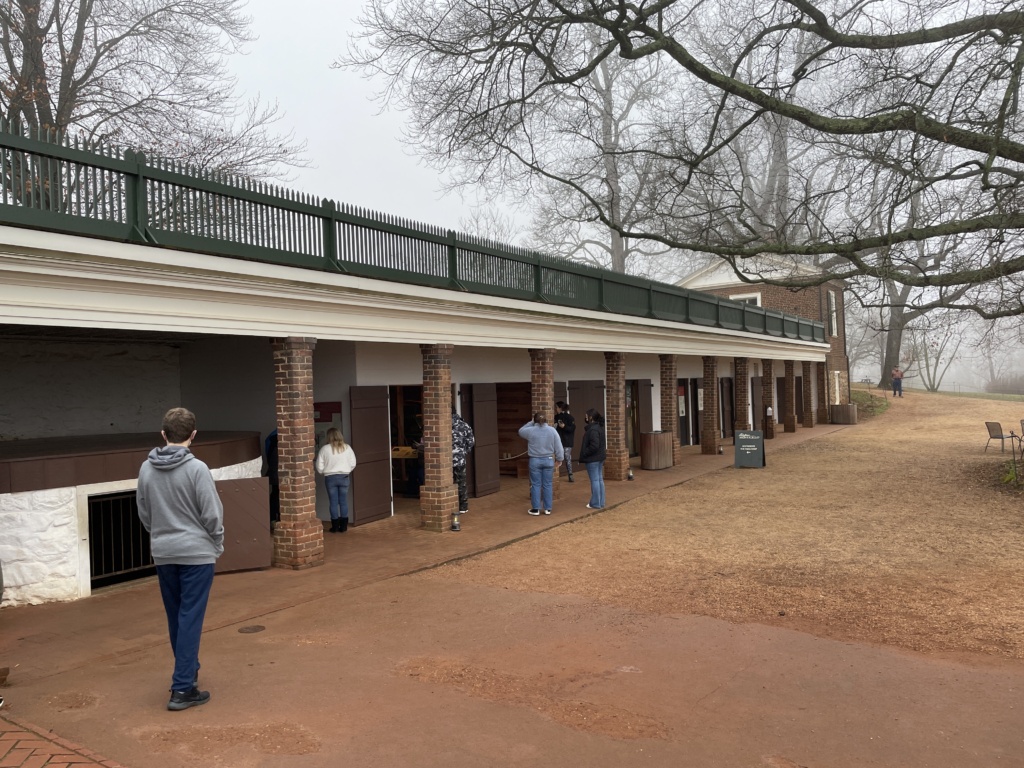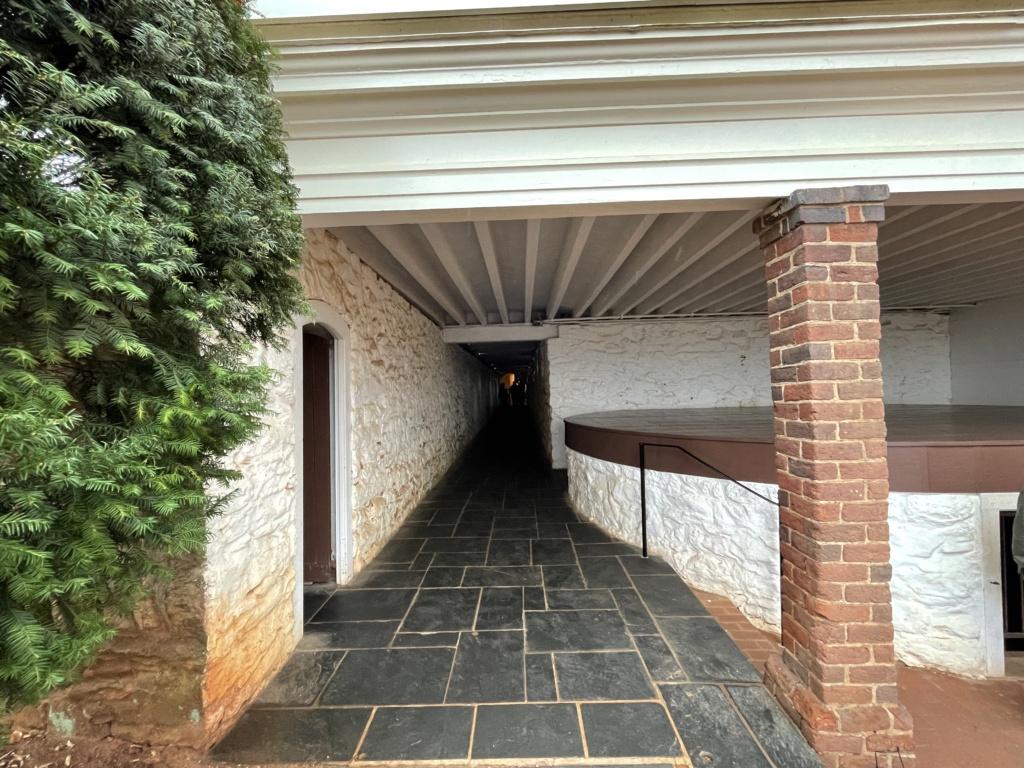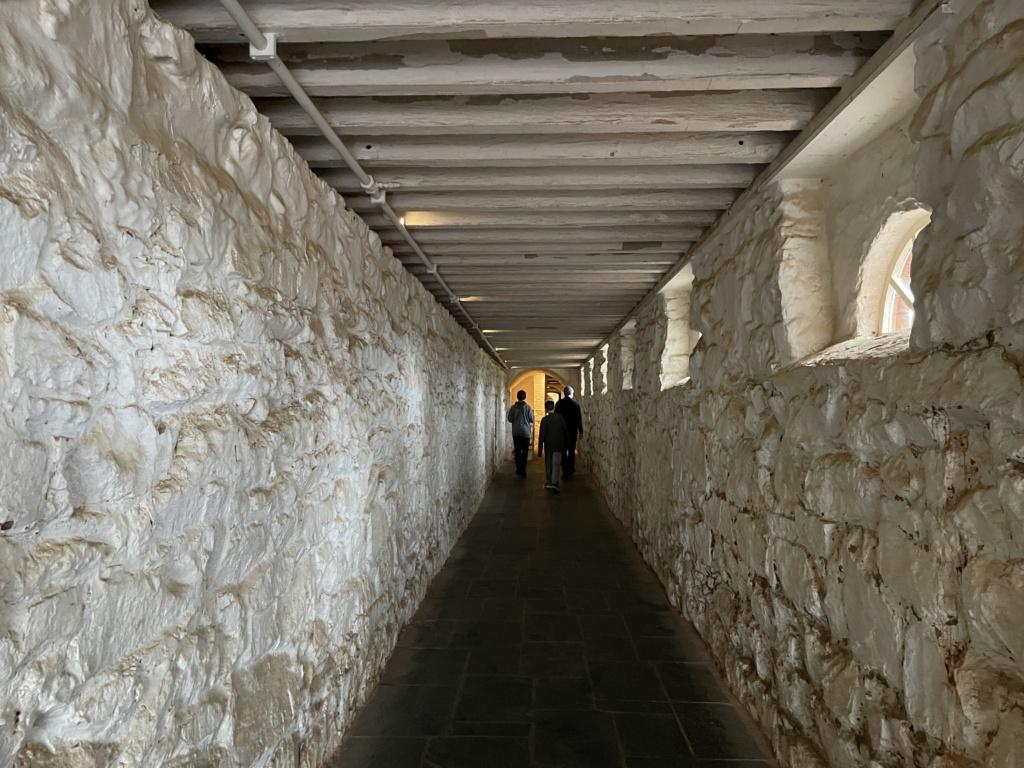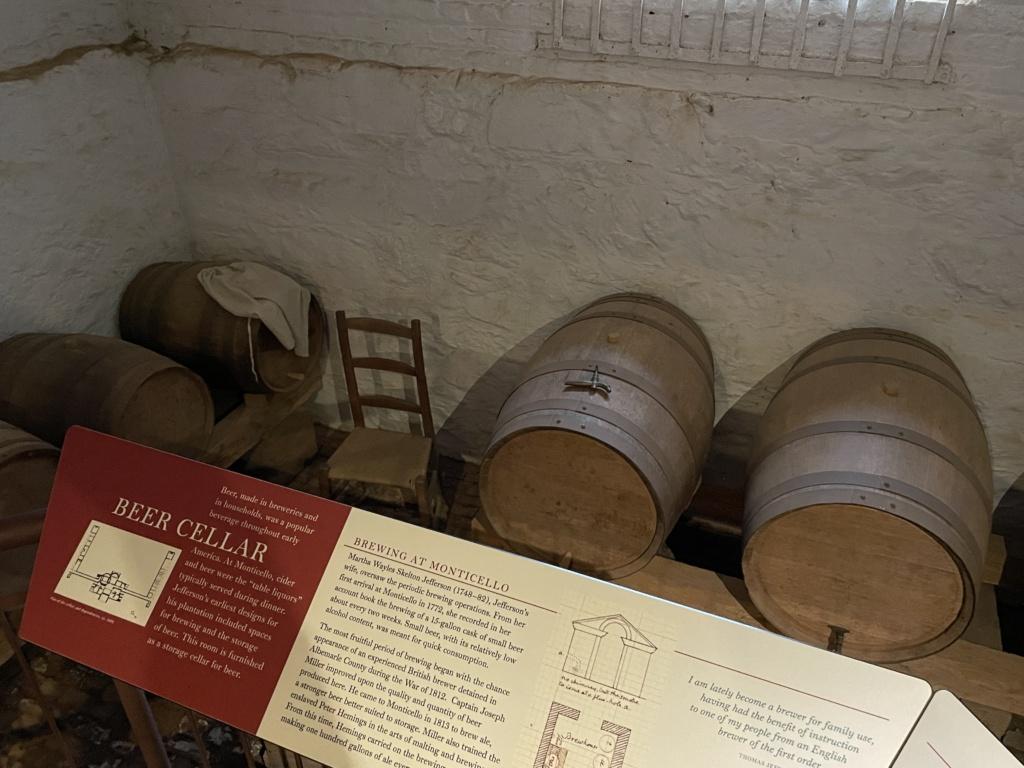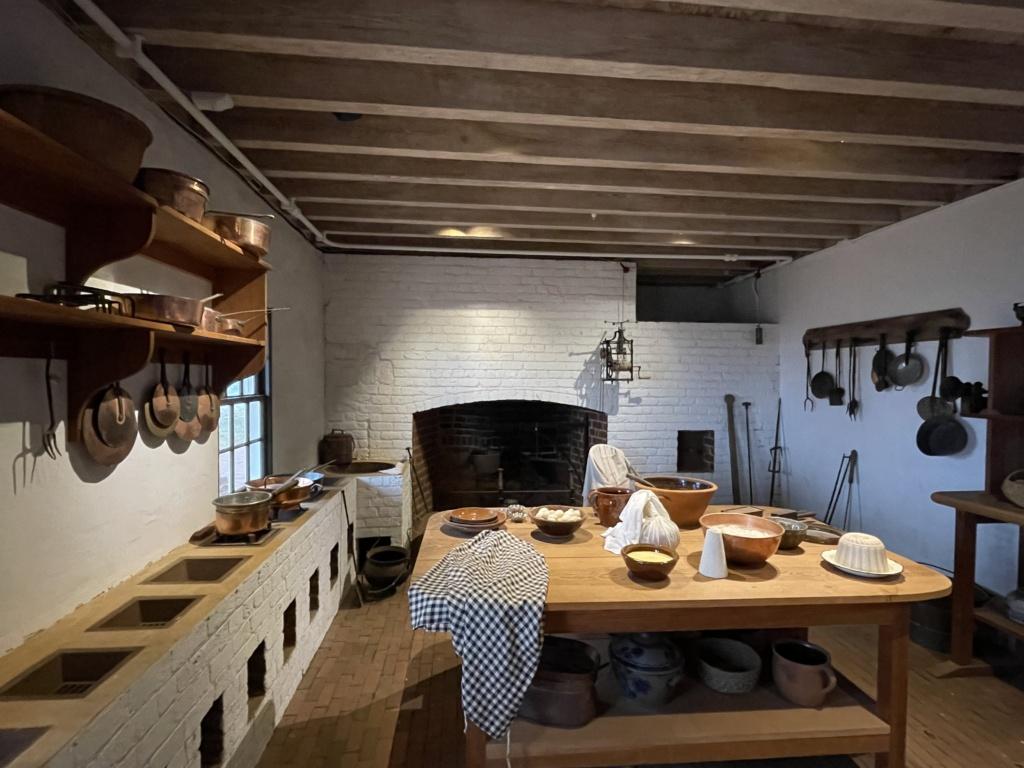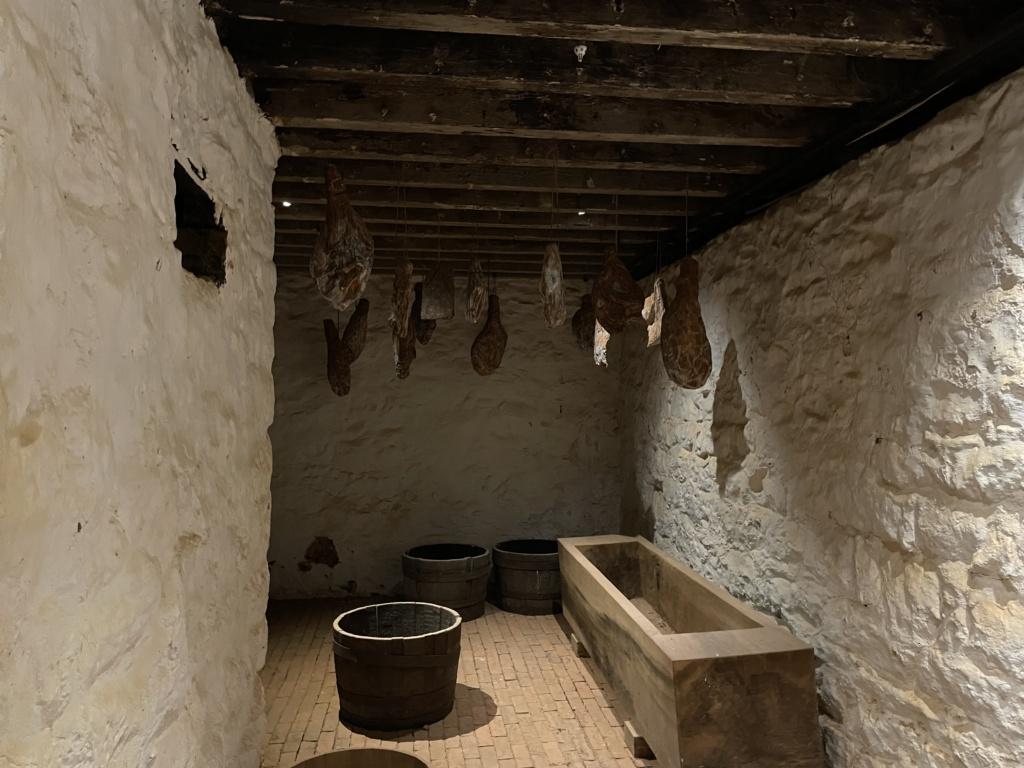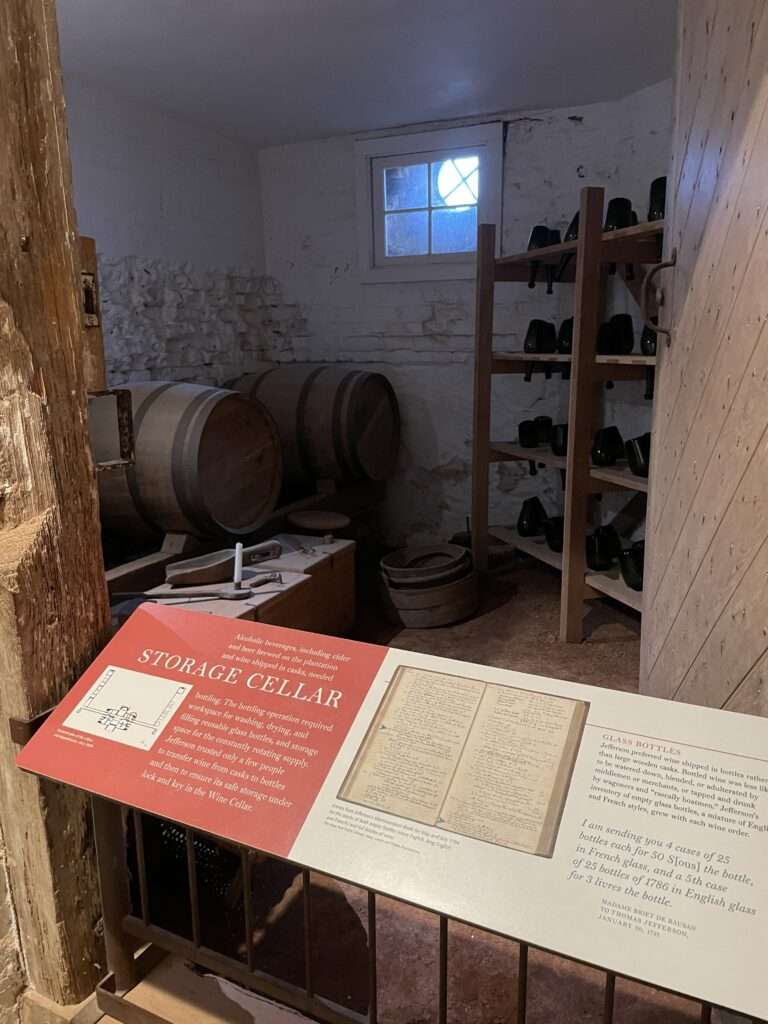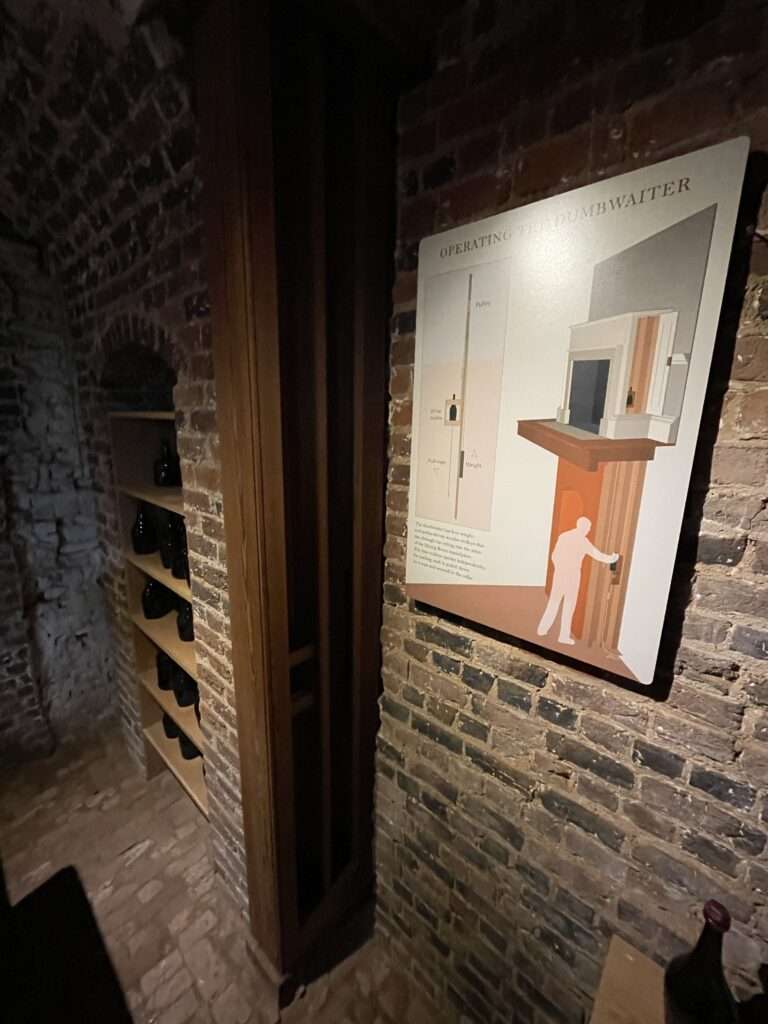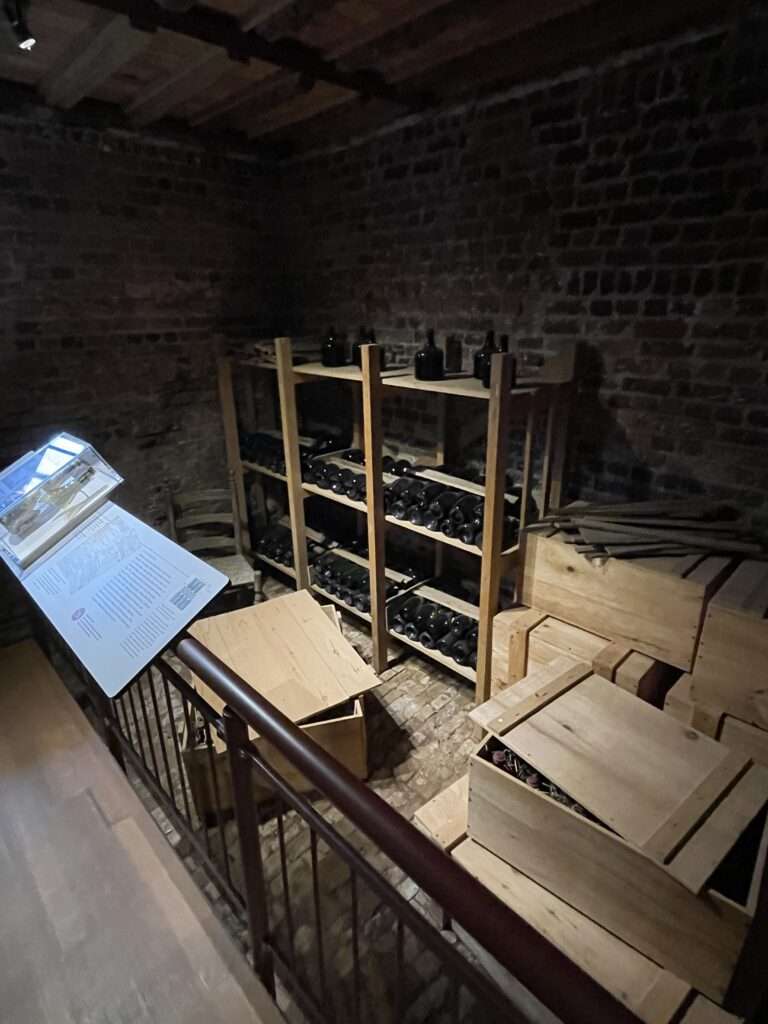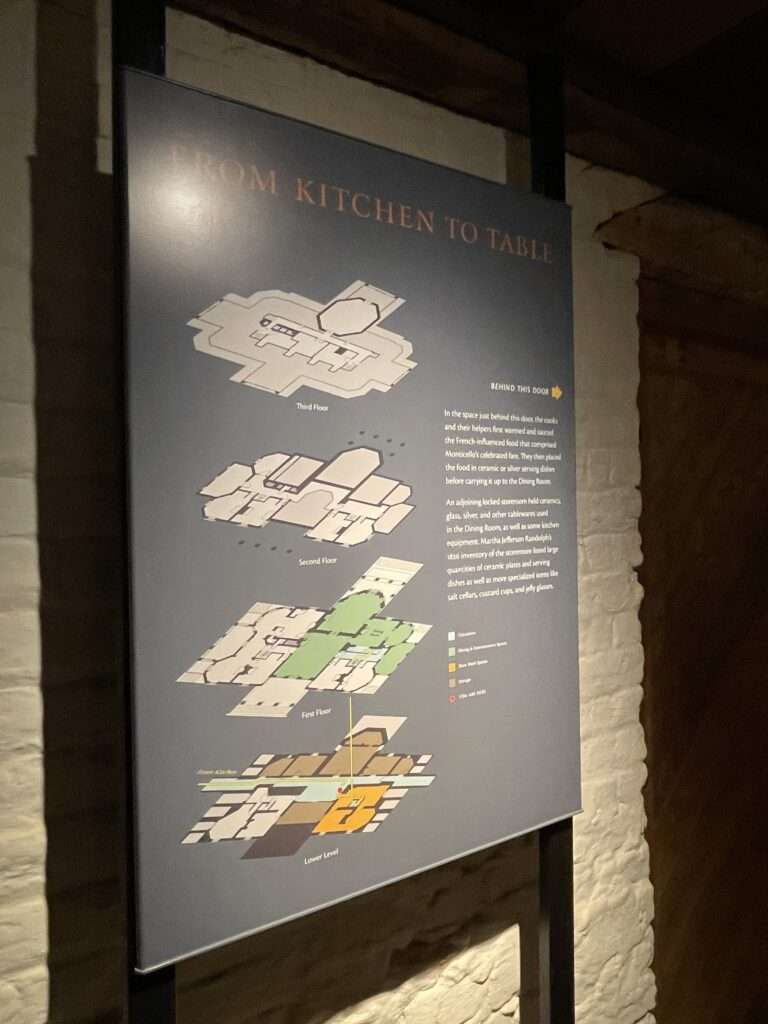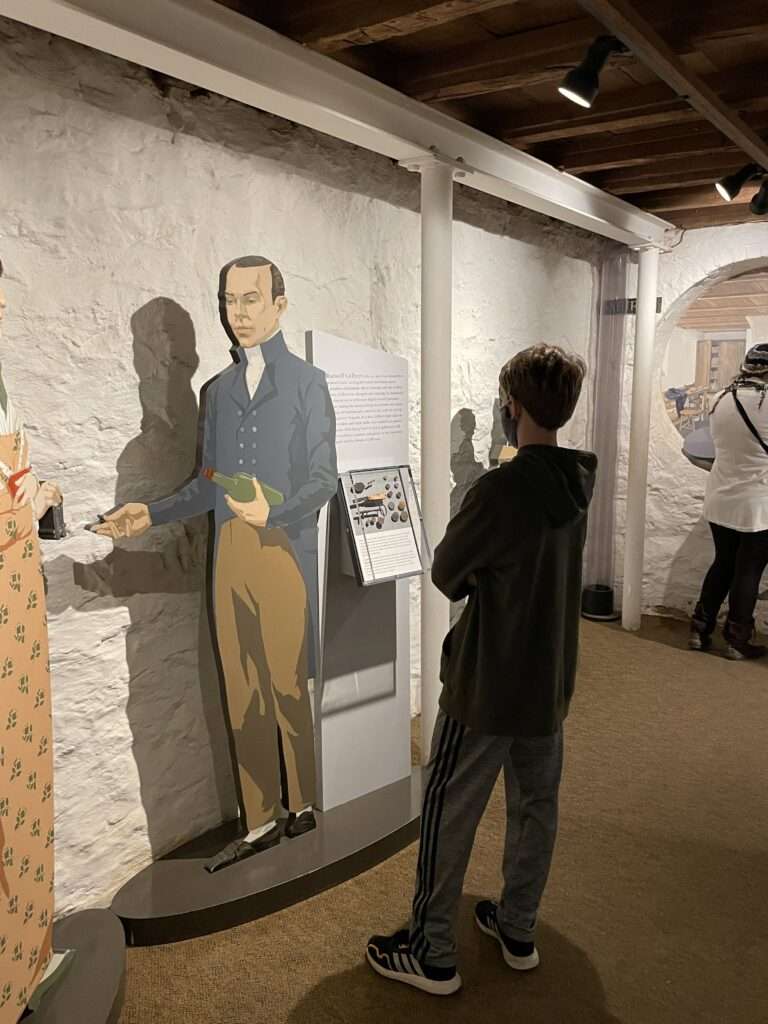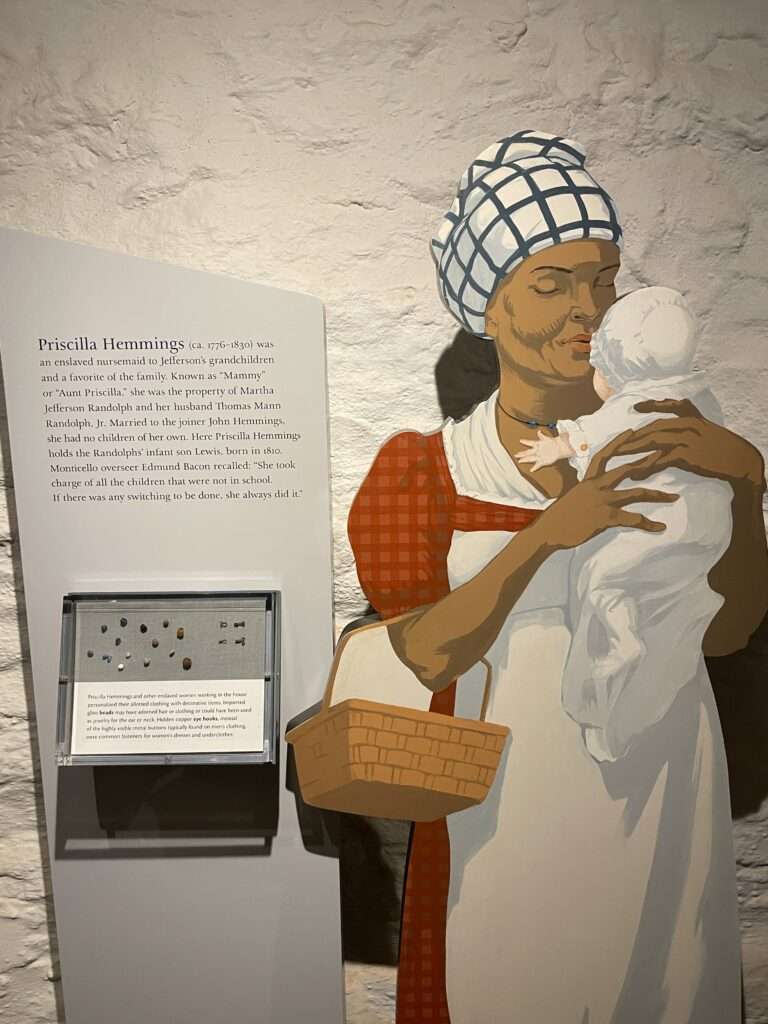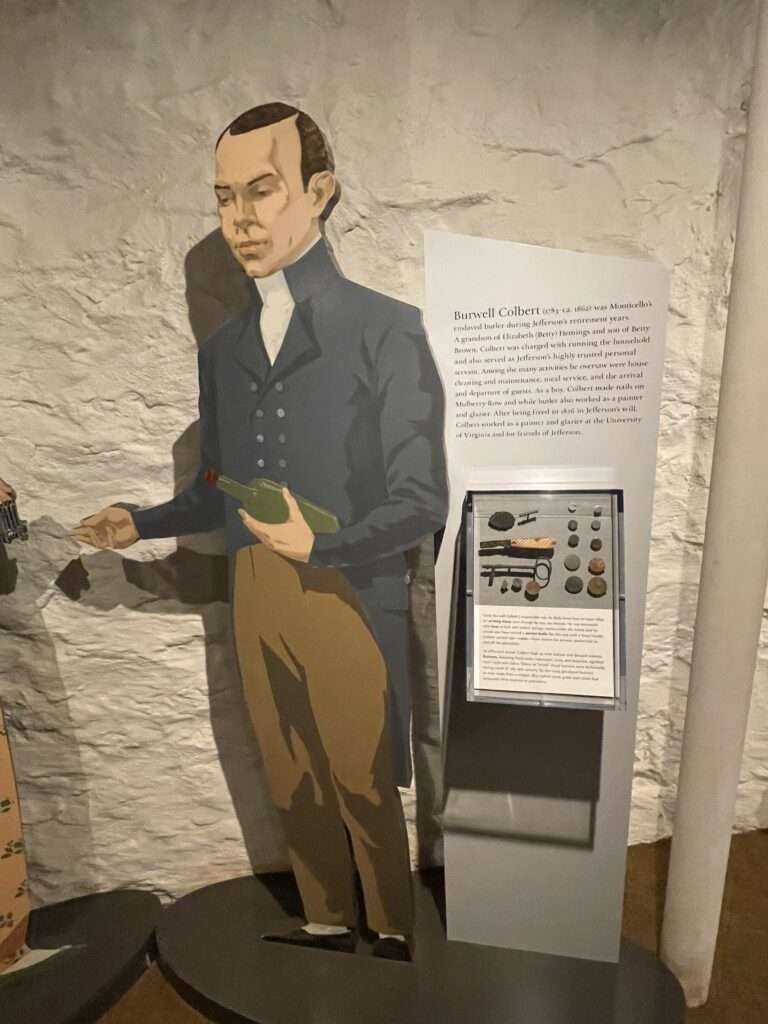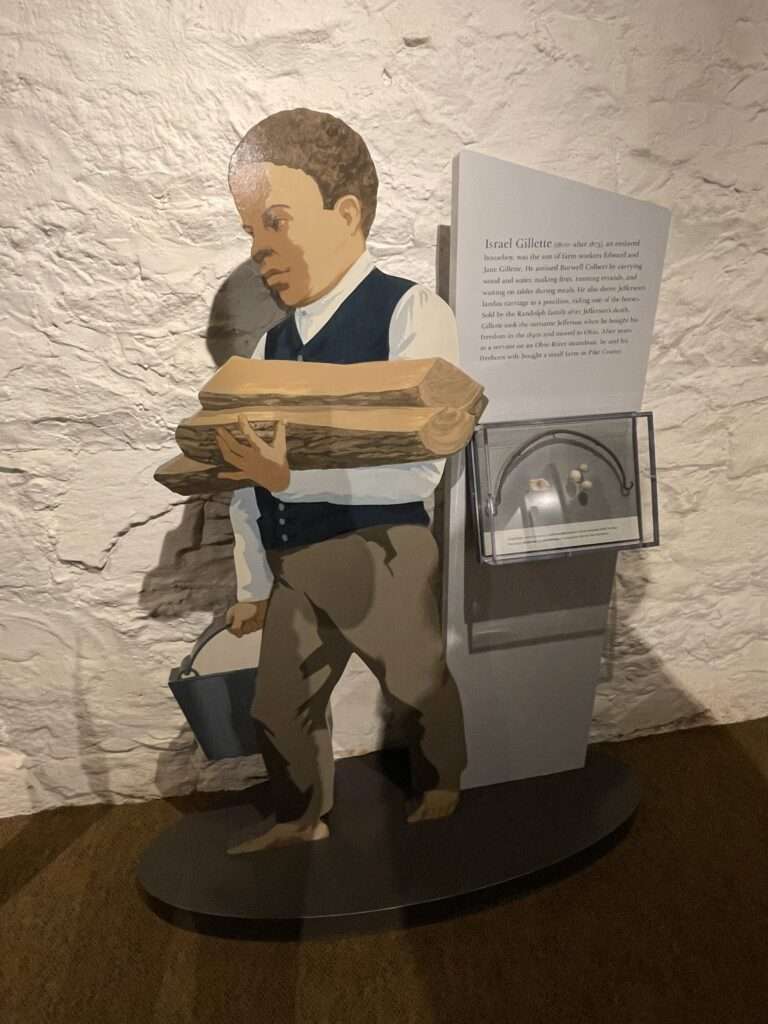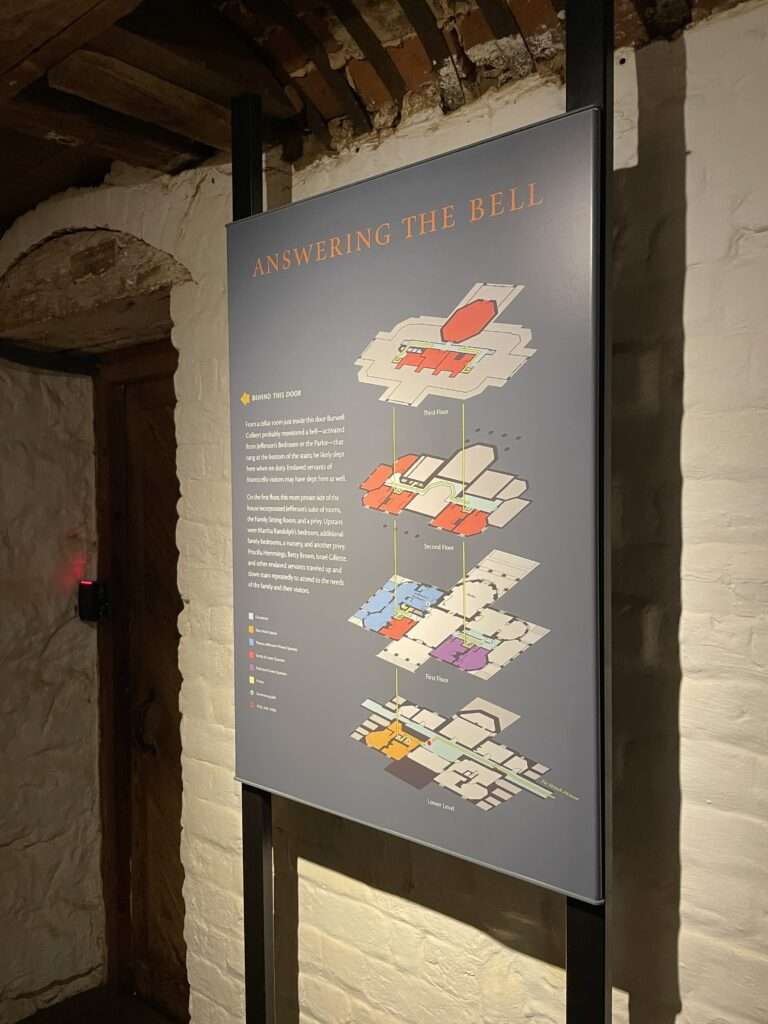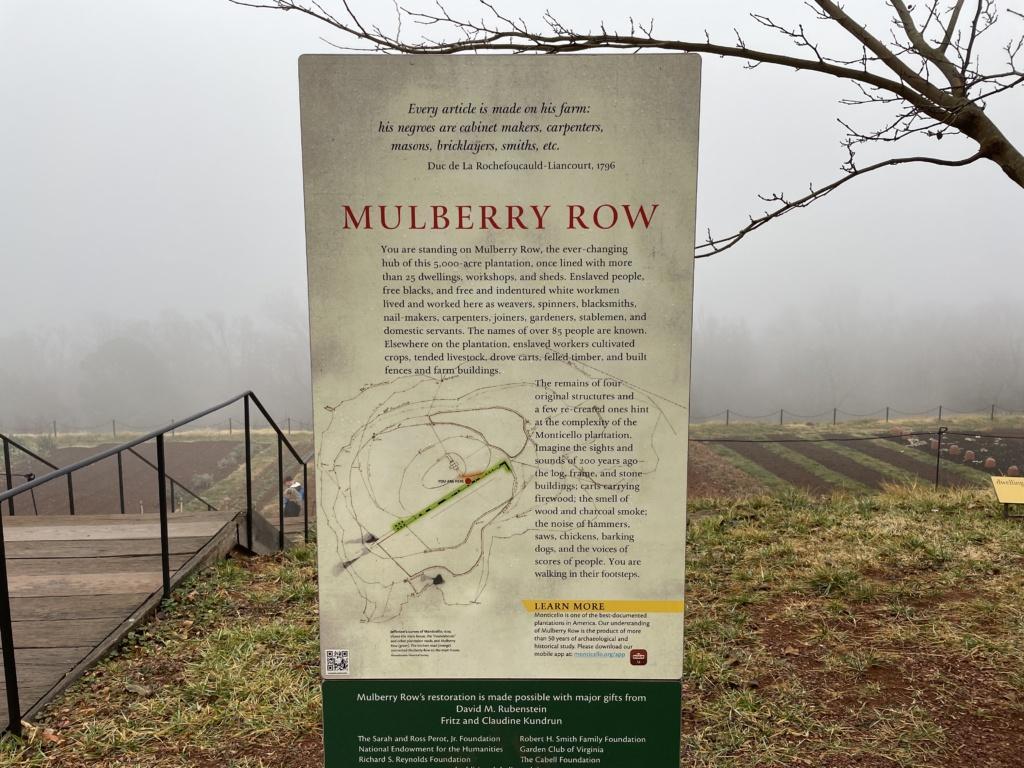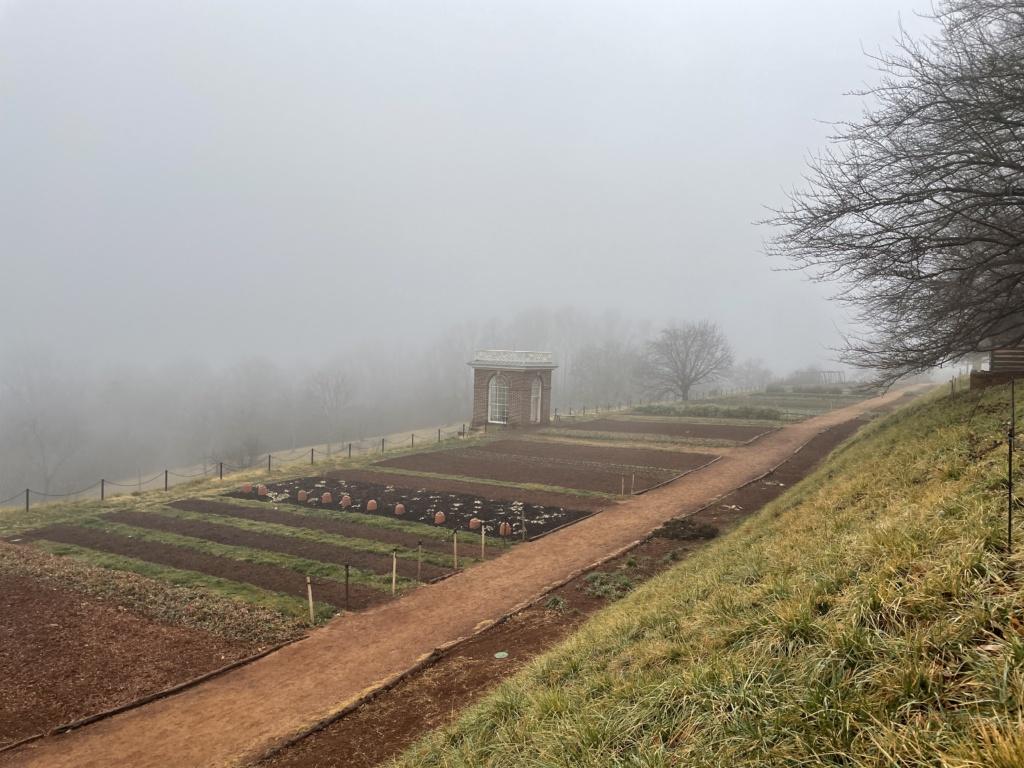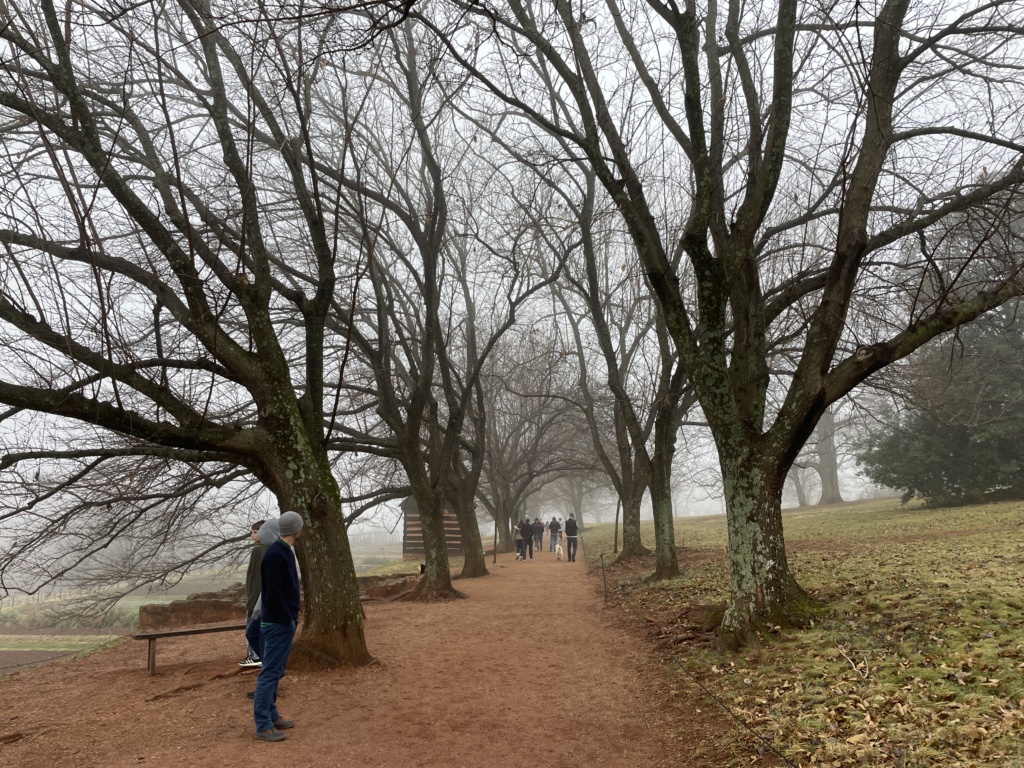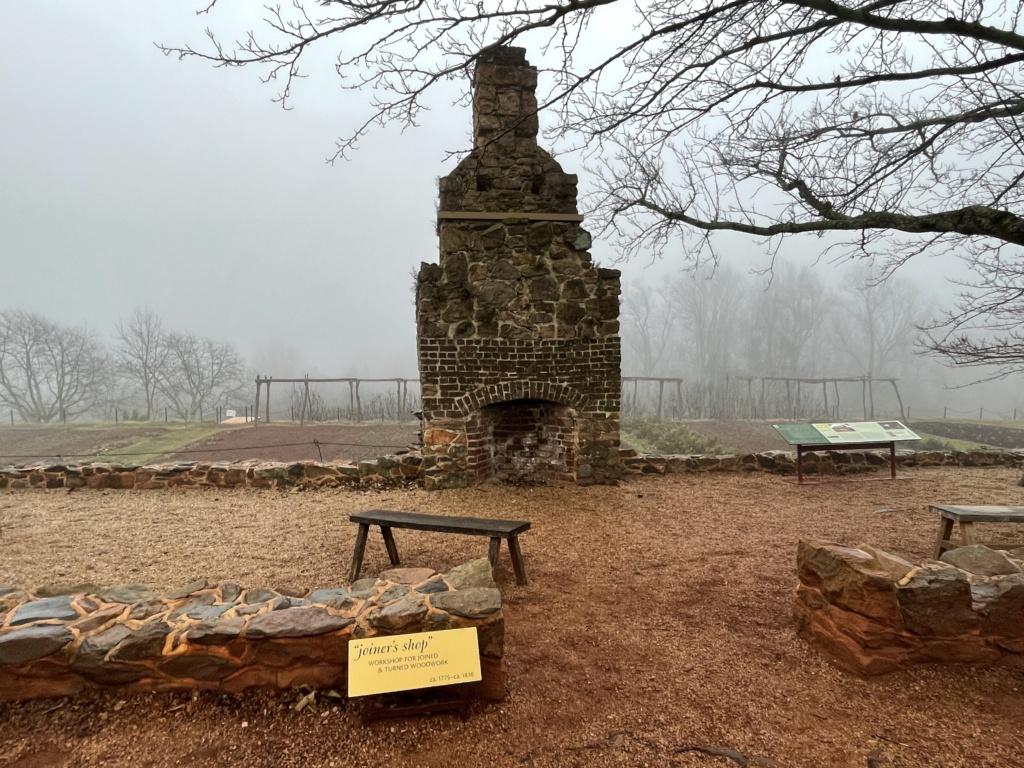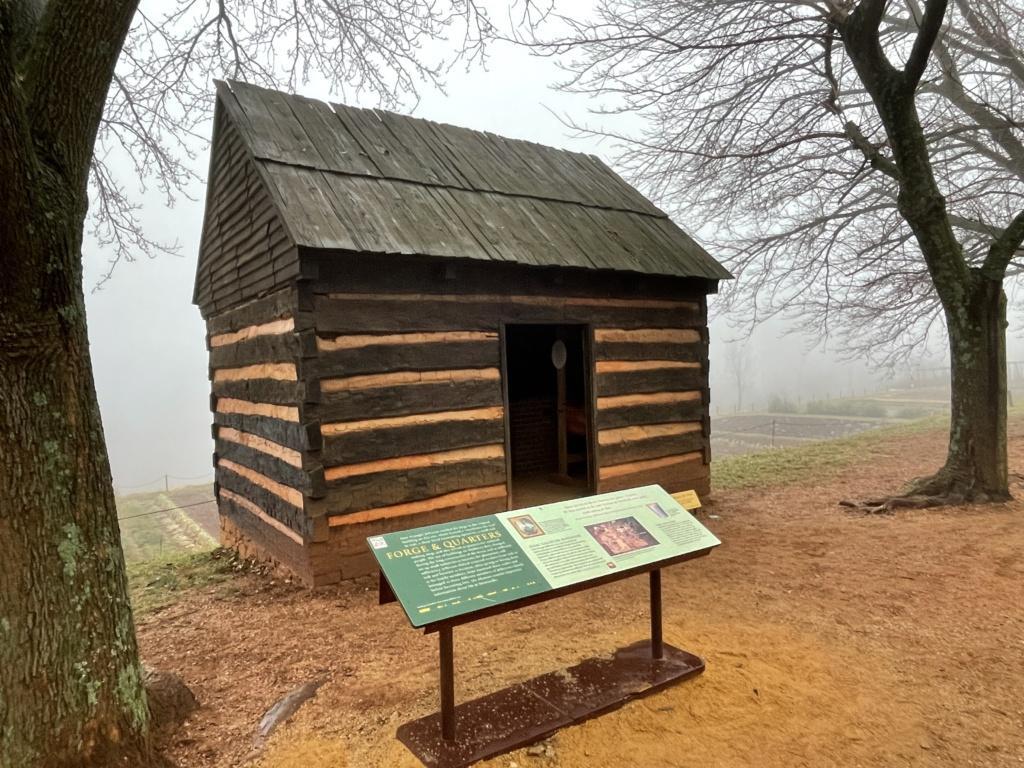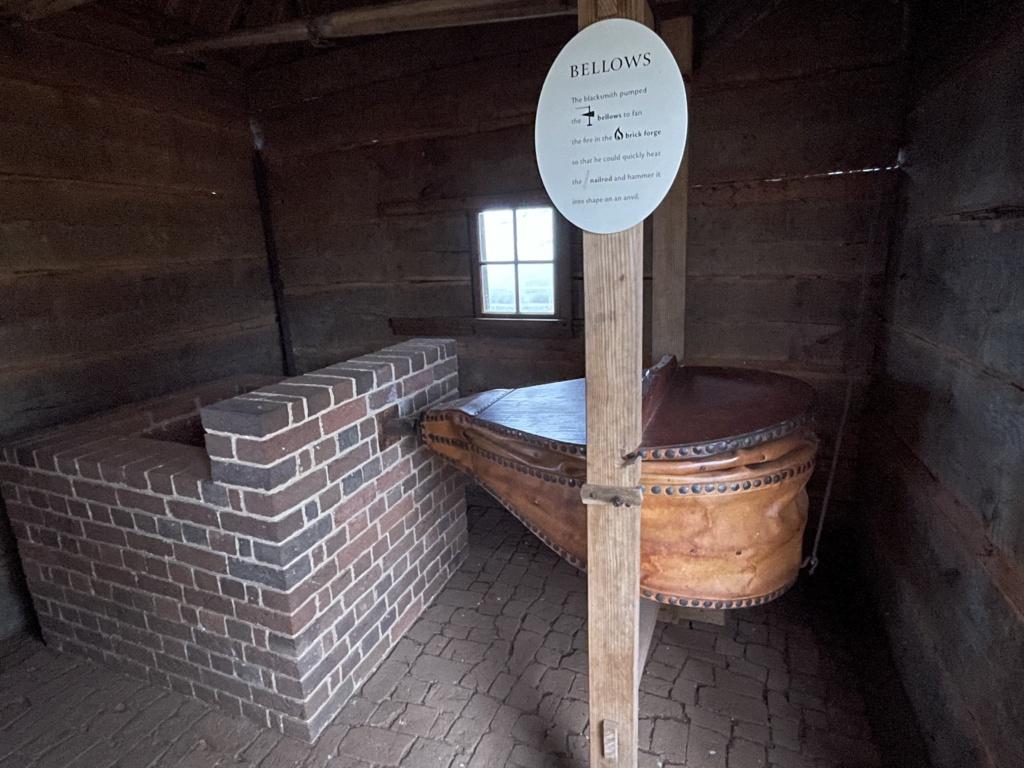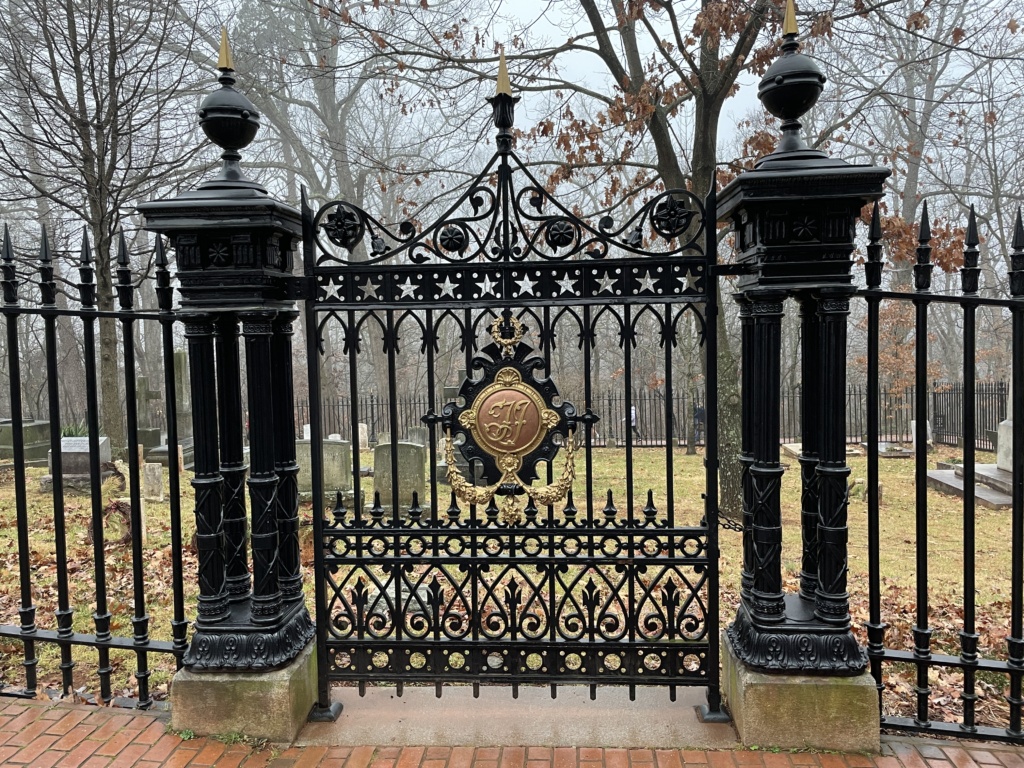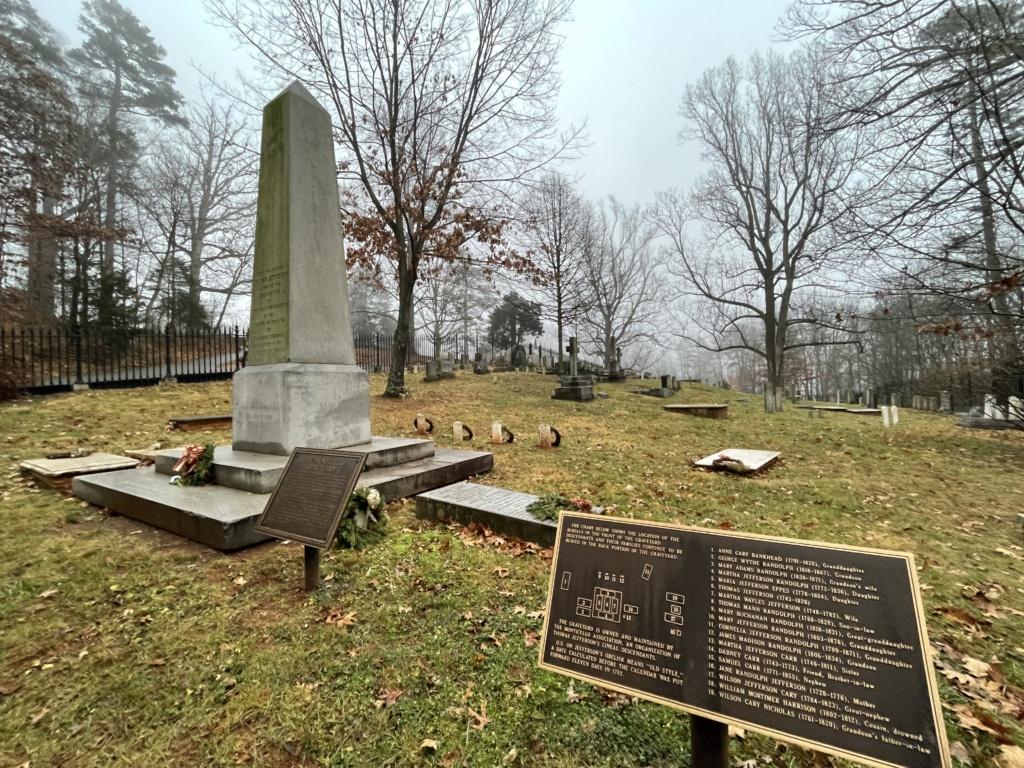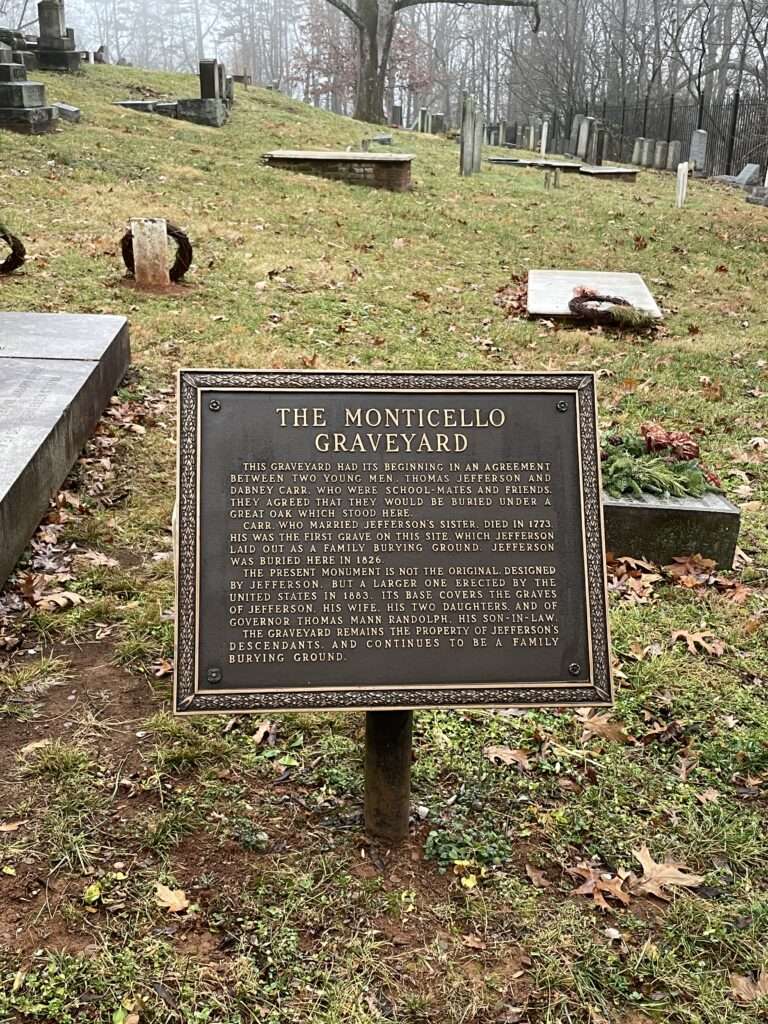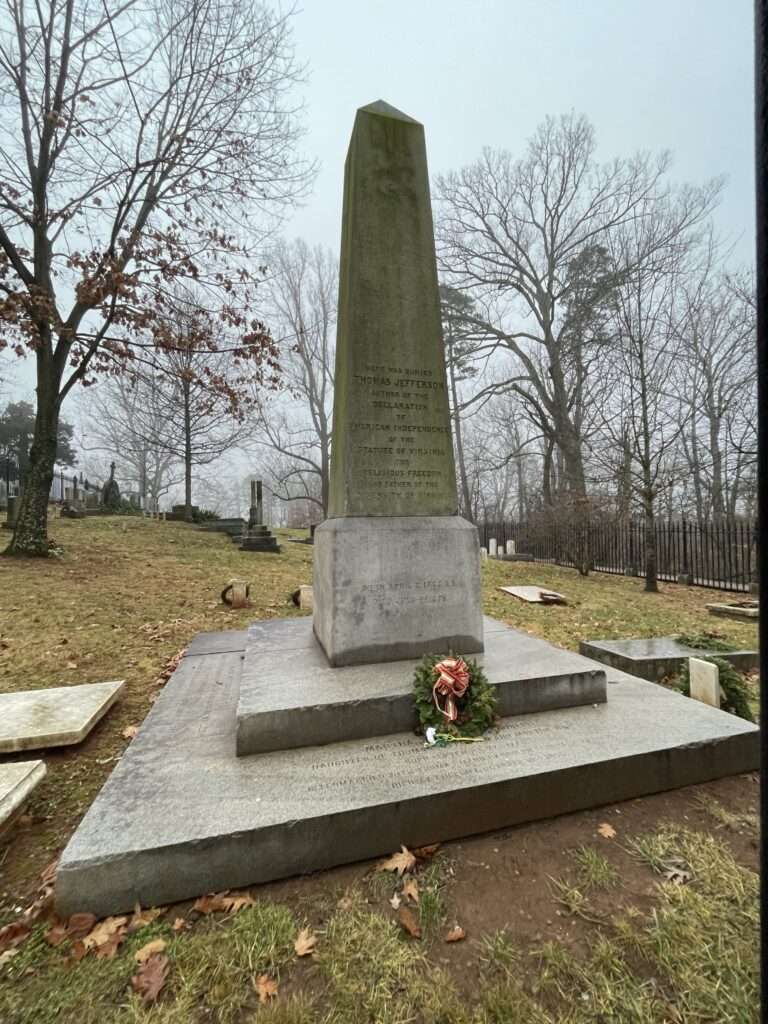For a variety of reasons, we haven’t flown from NC to NJ to visit family since the pandemic started. But that doesn’t mean we haven’t visited! It just means that we’ve driven. A lot. We normally like to break up the drive but are starting to run out of midway points of interest. Charlottesville was one of the last remaining places on our idea list of stops so we headed there for an overnight on our drive back to NC after Christmas.
We decided to leave NJ early enough to visit Monticello that afternoon. The historic site has several ticket options, ranging from the basic Gardens and Grounds Pass to the exclusive Behind-the-Scenes Day Pass and everything in between. We chose the most popular Self-Guided Pass, which gave us access to the interior of the house (first floor only) as well as the grounds. Tickets were $32 for adults, $10 for kids 12-18 and free for kids under 12. Tickets are for a specific date and time, with entry times available every 15 minutes. We bought ours online while we were driving once we had a better idea of our arrival time. Note that this was in December and it is advisable to buy tickets further in advance if you are visiting during more popular seasons because they do sell out.
Parking is free and plentiful. After parking, you have to walk up to the visitor’s center, where you can watch a short film, visit a few exhibits, and of course browse in the gift shop. To get to Jefferson’s home, you have to take a shuttle from the visitor center up to the house. Tickets are checked and bags screened prior to boarding the shuttle.
The shuttle dropped us off at the front of the house near Monticello’s East Walk. From there, we were told to turn around and enjoy the view that made Jefferson fall in love with and ultimately buy the property. Hmmmm……
I can just make out the outline of the mountains of what is sure to be a stunning view on a nicer day. We’ll just have to take Jefferson’s word for it that it is a view worth moving here for.
We were led into the first of two tents where we were given some history of the house and instructions for touring. The two different tent stops were meant to help stagger entry and keep the house from getting too crowded, but the system seemed to break down a little when the gentlemen in the first tent covered all the material and the woman in the second tent didn’t know what to do with us. After stalling us for a few minutes, she let the group go up to the house to begin our self-guided tour.
All educational materials and hands-on activities were digital and accessed by scanning a QR code on your mobile device. There was a Family Scavenger Hunt to keep kids engaged by having them search for things and answer questions throughout the tour, and an Art Scavenger Hunt that focused on the different artistic mediums used inside and outside the home. Information for your self-guided tour was also accessed through QR codes that were posted at different points of interest throughout the house. We found the self-guided tour to be interesting and informative, but just keep in mind that if not everyone in your group has their own device, it will take longer for you to go through the house while sharing a device.
There was a staff member stationed outside the home to give a quick intro and to answer any questions before we entered the house. There were a lot of interesting architectural details that were visible from the front porch and it was nice to stop and appreciate them before heading inside.
The entrance hall was one of the most interesting rooms. Adorned with everything from busts to antlers to maps, the room was furnished to demonstrate Jefferson’s world focus.
But by far the most fascinating feature of this room, and perhaps the entire house, was the Great Clock. Hanging over the main doorway, it appeared at first glance to be a normal clock but upon closer inspection, we noticed ropes coming out of either side of the clock and running along the wall to the corners of the room where they were fed through a pulley.
The clock was built in 1792 and is still operational today. It is powered by several 18 pound round weights that are attached to the ends of the rope. There are labels on the right hand wall marking the different days of the week. Rewound every Sunday, the balls start at the top of the wall and descend over the course of the week, with the top ball marking the current day. The design was ingenious but there was an issue found upon installation – the ceiling wasn’t tall enough to allow for the full length of the rope to measure all of the days of the week. The solution was to cut a hole in the floor to allow the balls to continue their descent and place the marker for Saturday in the basement.
The clock has some other interesting features as well. It is attached to a Chinese Gong that marks every hour and was loud enough for slaves to hear while working in the fields up to 3 miles away. In addition, the clock has a face both inside and outside the house. The interior face hangs in the hall above the front door displays hours and minutes, with a smaller dial marking the seconds. The exterior clock face only has an hour hand. By utilizing markings between the hour figures, Jefferson felt that the clock was sufficient for the laborers working outside.
We spent a good bit of time taking in everything in the entrance hall. It was truly a fascinating room filled with fascinating objects. From there we continued the tour by walking through the sitting room, the library, the Cabinet, and Jefferson’s bed chamber.
After passing back through the entrance hall, we explored the other side of the house, including the Parlor and the Dining Room. The dining room had another ingenious design feature – a wine dumbwaiter. Built into either side of the fireplace, servants would send bottles of wine up from the cellar using the dumbwaiter.
After completing the tour of the inside of the house, we headed outside to explore the grounds. The estate has two L-shaped “dependency” wings extending from each side of the house. These wings housed rooms used for support services such as the kitchen, the ice house, and the smokehouse. The wings were designed to not be visible from the mansion or west lawn. Built into the natural slope of the land with entrances on the back side and their roofs disguised as terraces, the dependency wings were discretely hidden from visitors yet still easily accessible to staff. An all-weather passage connects the wings to each other and to the basement of the house. It was really interesting to explore this area and to see what went into running a house of this prominence.
In the storage cellar, we were able to see the other end of the wine dumbwaiter that was built into the dining room fireplace.
The Crossroads Exhibit in the basement offers an interesting look at the work and lives of the enslaved domestic workers of Monticello.
After exploring both wings and the basement, we headed down to Mulberry Row. The heart of the plantation, this is where all manner of workers (enslaved, free, and indentured) had their workshops and homes.
At the end of Mulberry Row, you can either choose to return to the front of the house to take the shuttle bus back to the visitor center or to walk the less than half mile path back. The path takes you past the Monticello Graveyard and Jefferson’s grave. Jefferson designed his own grave marker and left explicit instructions on what was to be inscribed on it: “Here was buried Thomas Jefferson, Author of the Declaration of American Independence, of the Statute of Virginia for religious freedom, and Father of the University of Virginia.”
The trail continues through the woods as it winds its way back down to the visitor center. Even on a foggy winter day, the trail was pretty and a nice way to wrap up our visit.
We definitely didn’t win the weather lottery on this trip and missed out on the iconic views because of it. But we still really enjoyed our visit and got a lot out of our time there. The self-guided tour inside the house was well designed and informative and being able to wander the grounds and explore the exhibits in the wings and along Mulberry Row was interesting as well. All told we spent about 2 hours there and thought it is well worth our detour to Charlottesville.
